|
It all started with a mandatory sit spot in mid-March - just one week into physical distancing. We hiked back to the bush at my childhood farm. When we reached the sugar shack ruins, I rang the singing bowl three times. A beginning, an offering. We set out, each in our own direction, then settled in. My children were far from me, but I could see that they’d sunk into quiet. Even the dogs planted their bums, looking around, sniffing the air, aware, still. Inhale, exhale. Thoughts expand, thoughts cease. I needed this forest quiet - a respite from my frenetic thought life and from city life where I was starting to feel watched, passing faces on sidewalks that looked scared, unsure, tentative. Minutes flew past and after half an hour I reluctantly rang the bowl. They bubbled questions to me on the walk back:
Our bush times have continued over the past weeks. In mid-March, I thought we were looking at a stretch of three weeks together, and it seemed like we needed some activities that would take us out of our heads. Our forest times have done that for us.
Since then, they have evolved to include other activities too: journalling, whittling, photography, building a fairy house. We’re experimenting with following our intuition - asking ourselves “what does my mind and body need/want to do in the forest today?” and then going from there. Inhale. Exhale. A re-fresh and a re-set, freeing our minds to rest.
0 Comments
Sometimes my play begins with a prompt - a tiny invitation to play. The other day it came in the form of scarlet elf cap fungus. As soon as I started spotting those brilliant red bowls, so bright and cheery on a forest floor of rusty brown leaves, I knew it was time to build a fairy house. How could I not? I’m trying to listen to that quiet, intuitive voice inside of me lately and just run with ideas - especially when they involve a creative response to what is happening in the world right now. Because I think the world needs more fairy houses right now. Probably always will. I scoured the ground for details and beauty: abandoned snail shells, turkey tail fungus, feathery moss, tiny maple keys, Y-shaped sticks, a bark roof. The following week I returned to that same spot, and added a welcome sign and cottage banner. And then I waited… Then I passed on the scarlet elf cap invitation to my children and nieces and nephews. One made a fairy house in her backyard with a welcome sign that said “FARES,” and featured painted with glow-in-the-dark paint so the fairies could find their way in the dark. She also added a pool and a slide. Two made a house around a stump in my parents’ bush, adding mossy slides, autumn seeds, rock steps and elaborate entryways with fabulous features like feathers, fungus, and ferns. Another two made a fairy house in the forest by their garden, finding old gourds from last year’s compost heap and using them as inspiration. Their mom showed them how they could hammer nails and balance small sticks to make a ladder, and they took that teaching and used it in their creation. Designing, hammering, painting, imagining, persisting, brainstorming, negotiating, connecting, scaffolding learning through play and creation - these small worlds house many hopes and dreams. When I allowed myself space and time to "go with the flow," my monkey mind was put aside and my left brain got a vacation. That dull ache subsided, and time flew by.
Tiny invitations to play can come to us in this in-between time - through scarlet elf cap fungus or an aunt’s text message or just a nudge felt inside. School is closed, but imagination is open; creativity abounds. A couple of weeks ago, I wrote about sound maps as a way of learning about your place and recording what you hear around you. This is a way of being very still and recording the sounds that you hear around you. You can do this from a balcony, backyard or sidewalk near your home.
This is a photo of a sound map I made from my back porch. What does yours look like?
Spring is really springing around my neck of the woods! It is so encouraging to hear so much birdsong, and to have the sun shining through. Each day I am walking and writing, walking and writing - my 2-pronged approach to this in-between time. Below are some ideas around expressing gratitude (a wonderful well-being and positivity-encouraging thing to do at any time!) and journalling. Routine: expressing gratitudeIn our forest school groups, this takes many forms, but we try to do this regularly. It demonstrates a reciprocal relationship with the land and with each other. Here are some examples:
How do you express gratitude at home? Try one or more of these ideas this week:
It's not surprising that an attitude of gratitude is mind-changing, and life-changing too. What we focus on matters! I notice, with my own children, that it's very easy to come up with a laundry list of the bad feelings or moments - these are potent too! For myself, ending the day on a "good note" helps with sleep and with my attitude the next morning. Create: a nature journal Journals can take many forms. In our programs, we have made some from recycled paper, and we have bought some too. Personally, I prefer blank pages - unlined. More possibilities! Here are some possible prompts, but follow your nose! And eyes and ears and heart.
Outside this weekSome of Josh Shea's ideas of what to look for this week include:
In closing, I encourage you to use the outside world as medicine as much as possible as a family. Follow the interests of your children - it's amazing to hear the questions that rise when you allow them to lead their learning.
We are aware that Huron Natural Area is overrun with people right now, making it an unsafe place to be, so please try to find other areas to walk/explore. Thank you! "It's not enough to wish, dream, hope. Even children know this. We must sail into the sea of uncertainty. We must meet fear face-to-face. We must take our dreams as maps for a greater journey. Dreams, to come true, need a good story. So go live one." ~ Vironika Tugaleva Last week, I put out the call for maps of Huron Natural Area, with children just using the power of memory, and I'm happy to share these submissions with you. I love how different each one is - different parts of the park drawn, and various stories (I'm sure) that inform the maps. Here is what Poesy said about her map, below: "This little snake was the baby one I showed my Mom at the end of Forest School one day. I found it under the log. The pink house is the bat house in the meadow. There is a mallard duck swimming in the pond. My favourite trees are these ones at the bottom of my map. They are at the beginning of the path. I drew the place we had the fire on the last day. In the top corner I drew the fox den, along the path to coyote corners. I miss forest school so much!" Another family took up the challenge. Three children made three very different maps. Here is Samuel's map, which shows many areas of the park - kind of like a bird's eye view. And here is Eliza's map. I love that both Eliza and Poesy have the bat house on their maps. It is definitely a landmark in the park now! And here is Ezekiel's map. He did a very detailed drawing of places that included the entrance, play area, and parking lot. Below is a map that we worked on with several of our forest school groups over the years, adding bits and pieces here and there. Some animal sightings, some special places (note the use of "magic" for many of the areas), and frequented areas. Over the years, we have named the spots too, sometimes according to the animals that we saw there, or evidence of animals. Map-making definitely is a way of storytelling for us - to tell what we've seen and heard and experienced together. Naming these spots, trees, landmarks says, "this land is important to us." Here are two other ways that we've made maps over the years: Journey sticksThese are "maps" that we make in one session together. 1. Each person gets a stick with a long piece of cotton wrapped around. We have also used yarn or masking tape. 2. We go on a journey! 3. We collect things that interest us. [we talk about our picking guidelines - no live creatures, no scat, things that have fallen on the ground, and using the "honorable harvest" to discern whether to pick/harvest] 4. As we go, we attach them to our journey sticks. 5. When we reach our destination, we talk about what we chose and where. As we do that we "map" out our journey, picturing places in our heads as we hear each other describe the treasures collected. Memory sticksThis name might seem deceptively similar to the name "Journey Sticks", but believe me, these are TOTALLY different. We made these after a year of being together. 1. Be together for a long time. Maybe even a school year. Take photos of adventures together. 2. At the end of that long time, gather around the photos. Remember together. 3. Pass out sticks and sharpies. Draw or write about your favourite memories. 4. Share your ideas with the group. This map is a little more abstract, but it is a way of mapping out our time together - recording memories in drawings, words, and colours. Looking back, highlighting. Remembering where and when and what and which season and which feelings. It's a powerful way of reflecting together... saying "oh ya!! I remember too!" How do you map your experiences with the land? With each other? With yourself?
Friends: I'd love to have your help to figure out what bird was murdered in our backyard. I am pretty sure I know who did it... we have a neighbourhood cat who is often on the prowl... I just need to know which of my feathered friends it was. Here is a photo of what remained: You could just guess, OR the U.S. Fish And Wildlife Service has a Forensics Laboratory and Feather Atlas where you can search feathers by colour, pattern, size, position, and type of bird. So if you have a feather collection like I do, it can be very helpful as you try to discern which bird body it belonged to.
Here is some information about the feathers pictured above: Colour: If you can't detect shade from this photo, I'll tell you what colours my eyes see: there are varying degrees of grey, some black, and some white, and then at the far left end, some shades of brown. Size: The feather at the far right is 13cm long. The all grey feather in the middle, just to the left of the one that has white on its tip and left side, is 9cm long. The feather at the far left, with some black, brown, and black spot on brown, is 6.5cm long. Habitat: I live in the city, on the border of Waterloo-Kitchener, and have a backyard bird feeder. There is no water around, so this is no water fowl. What do you think? “It is a serious thing Just to be alive On this fresh morning In this broken world.” ~ Mary Oliver Hello to our dear forest school families! We wanted to send you some ideas of outdoor-related things to do while you're having a bit of a different routine (maybe) than usual. For some of you, maybe your homeschooling continues as usual - although with less interactions with other homeschoolers. For the schoolers, it's perhaps a bit of a summer-holiday-but-not-quite feeling. And for you parents! Blessings and all good things to you right now. :) Over the next few weeks, I wanted to give you some ideas of routines that we do in our forest school sessions. Perhaps after reading these posts, you'll say: hey! I can do forest school easily from home! Exactly. You can! I encourage you to make these routines part of your family's practices - for you as adults too. They are good for any age's soul. I'll also include some ideas for what to spot outside this time of year, and some crafty/maker ideas. Feel free to play along and send photos of your creations to kitchenerforestschool@gmail.com. Routine #1: the sit spot.Maybe you've heard your child recount a sit spot experience at forest school. Or maybe when you ask about what they've done in forest school, the answer is "nothing." I assure you, the nothingness that is cultivated during a sit spot experience can be quite magical. Often, when we review our time together as a group, several children will point to the sit spot as their favourite time. This often takes adults by surprise. The sit spot is quiet, introspective, calm, un-moving. Not always how we picture young children. Here is the recipe for our sit spot routine: find a place in nature where you can sit for several minutes and open your senses. We give the guidance that this is not a climbing or a building time, or time to make silly faces at your friends time, but an opening your ears and eyes and noses and feelings and thoughts time. Some children choose to use a nature journal to record things; others just take it all in. Sometimes we will have a story that leads in to a sit spot time. The Quiet Place by Douglas Wood is one great example. But most often, we will either sing a song to start it, or put down our "veil of silence", lifting our hands up to the sky, then lowering a pretend veil or curtain as we count backwards from 10 to 0. When we get to zero, everyone is quiet and finding their spot to sit. Then we wait. Like a turtle, or moss growing on bark, or like us, quiet and still. After a few minutes (or longer, depending on many factors), we gather. We use an owl hoot most often to call the group back. Sometimes we use a "singing bowl" and we hit it three times like a chime to call people back to the circle. We then lift the veil of silence back up, and then sometimes share what we saw/smelled/heard/felt/thought about during that time. The sit spot encourages us to really get to know a piece of land. To notice the little things around us: the movement of wind, the call of a bird, the colour of the light through the trees, the buds or leaves or bare branches, the feelings that are inside of us today. It allows us to sit with ourselves and with the land, cultivating closeness to both. Explore: make a sound map.As part of a sit spot, you can introduce a sound map. This is a way of recording the sounds you hear around you. Take a clipboard, piece of paper, and pencil. Make an X on the page that represents you. Then sit quietly, waiting for sounds. When you hear one, record it on your map in relation to you, using a picture or word or letter as representation. Listen for several minutes, and see how many sounds you can hear, and from which directions they are coming from. Create: make a map of Huron Natural Area.Kids! Make a map of Huron Natural Area. What do you remember about the land? Some things to consider for your map:
This week, outdoors:Brought to you by our friend Josh Shea at the City of Kitchener, here are some exciting things to start looking for this week outside. See how many you can find, and let us know!
“We sometimes do weird things at forest school,” I occasionally think to myself. Realizing that some parents may also have these thoughts, I decided to explore why we do some unusual things. Like exploring dead animals. In our society, most of the dead animals we see are roadkill and we don’t pay much attention to them. Other ones seen are often stepped around or avoided. However, at forest school, we take time to look at dead animals. (Don’t worry, we don’t usually touch them - only poke them with a stick.) There are two main reasons we do this: A dead animal allows us to have a closer look at an animal we may not otherwise get to see. I’m thinking of the dead possum we found in a tree last winter. I’d never seen a possum up close – neither had many of the children. On another occasion there was a dead mouse on the trail. Last week, it was a dead fish scooped up from the pond. Usually they run (or swim) so quickly that we can’t get a good look at them. These occasions allowed us to get a closer look at the animals that live in our parks – learning about what they look like and how they adapt to the environment. More importantly, the question of why the animal died always brings up great discussions. The children are usually full of questions. And these questions need a space to be heard, shared and thought through. It is interesting to hear children’s thoughts about why animals die - from cancer to starvation to “maybe it’s just sleeping.” Discussing death of an animal to which the children had no attachment can be very beneficial as they learn to understand the causes and finality of death. At forest school, we share ideas and are respectful of others’ thoughts – whether they are philosophical, faith-based, or based on creative thinking. At forest school through observing the environment, looking at models or reading books such as “Plant Secrets”, we talk about life cycles of trees, plants and animals. But we quickly notice that death is commonly missing from the animal life cycle. But at forest school, life and death are common parts of our weekly experience. We are aware that our actions have potential to cause harm. Children rescue worms and snails from the trail. We show them how to hold nymphs gently so that their fragile bodies are not damaged. When a dead animal is seen, questions of what happened to it are asked within the context of our weekly lessons of caring for the earth and being respectful of life. Hearing stories such as “Hey Little Ant” and “Everything is Connected” further emphasize the influence that we humans have on the ability of animals to survive. So why do we look at dead animals at forest school?
We acknowledge and make space for children to talk about the causes of death, and to acknowledge our potential impact on the environment around us. It may seem weird to look at dead animals and talk about them, but these are important life lessons and conversations for all of us. by Giselle Carter Recently, I’ve been reflecting on placemaking – a key principle of forest and nature school programs. It has been defined as “regular, repeated access to the same natural space.” The Project for Public Spaces explains it like this: “Placemaking inspires people to collectively reimagine and reinvent public spaces as the heart of every community. Strengthening the connection between people and the places they share, placemaking refers to a collaborative process” (https://www.pps.org/category/placemaking). At Kitchener Forest School, we have collectively reimagined spaces at the park. The younger groups often play at a place we call "Muskrat Bay." It used to just be a place that one of the trails went through. The older groups often go to a place that we call "Coyote Corners" – which used to just be a space off the trail. The names grew out of creatures, and evidence of creatures, that we observed with our groups. The names evolved over time, just as our knowledge of the creatures that shared the land evolved. These spaces have become the heart of our forest school communities - places where we play, learn, and observe the changes each week. Children learn to feel comfortable in that space. It is that space where memories are made each week. They build on what they did the previous week. They get to know their favourite spots within that space. They learn the boundaries – to stay away from the area with the poison ivy. The children help to reinvent the spaces. They have chosen a favourite climbing tree. They have favourite places where they like to build. They have expanded the space as they see a great fallen tree to balance on. They have named the Magic Tree and the Sitting Tree and the Rainbow Bridge Tree. They are connected to the place and have a love for it. As the children spend time in the spaces in different seasons, they notice changes to “their” space. They see the spring flowers start to come up. They spot turtles sunning themselves on a log on the first sunny day. They notice when the bugs come out! In the fall, they notice there are more leaves on the ground to play with. In winter they learn what the pond looks like frozen. They discover that beavers have been placemaking too. Together in our space, we learn the rhythm of the life around us and the seasons as we play. When thinking about our spaces at Forest School, it is so true that:
"It's Placemaking, not Placemade. It's a process. [We] are never finished." (Place Governance working group) by Giselle Carter "Come forth into the light of things. Let Nature be your teacher." ~ William Wordsworth I wrote recently about emergent curriculum, and how we follow the interests that emerge from the group. We also follow the prompts that arrive to us, unsummoned, from the natural world that we observe weekly. Exploration, questioning, and learning emerge from observing seasonal changes and having daily discoveries. Sometimes our half-day adventures at forest school mean encountering one Teacher after another. One day last week, we started by observing the tree swallows as they swooped and dove around the meadow, tweeting sweet sounds, hunting for food. Sarah talked about "aerial foragers" and we discussed aerodynamics. How do things fly? Bird, planes, bees, butterflies, seeds? Cleaning out a tree swallow nesting box, we found a nest and a dead baby bird from last year. We think it was a baby house wren based on the look of the nest - it was a double decker, with tree swallow nesting materials on the bottom and house wren materials on top. But maybe it was a tree swallow baby. What kind of bird was it? Why did the baby bird die? Where do baby birds go when they die? Could it come back to life? Why are some nests used by house wrens? What happens to the tree swallows when the wrens move in? We encountered a mystery at the pond: 5 dead painted turtles, freshly killed, only their heads eaten. What happened there? Did they get caught by a predator? Maybe they came out of the pond and couldn't find their way back! When did this happen - when they were sleepy and coming out of hibernation? Why were just their heads nibbled? Who would just want to nibble turtle heads? Back at the wood duck pond, a new area for many, we listened to wood frogs and spring peepers calling. We found and dissected an owl pellet, found a big deer toilet, and lots of woodpecker cavities. Who will nest there this spring? Why do the deer like to dump in that particular spot? Is there a screech owl nesting nearby? What did that owl eat? Many group members grew their interest in primitive technologies by gathering materials and making their own brooms, which they used to sweep the forest. We saw our first garter snake and first painted turtles (live) of this spring season. How much can you fit into one morning in the forest? How many things can you wonder about? There so much to discover with Nature as our Teacher!
"You will find something more in woods than in books. Trees and stones will teach you." ~ St. Bernard of Clairvaux by Rebecca Seiling |
Read on...Hammers, Huge Swings, and the Freedom to Play Archives
April 2020
|
We are honoured to walk, learn, and play on the traditional territories of the Haudenosaunee, Anishinaabeg, and Chonnonton Nations, treaty lands of the Haudenosaunee. Grateful for the ongoing care, stewardship, and teachings from Indigenous Peoples that help us walk gently on this earth. We are committed to the ongoing process of decolonization through partnering with local Indigenous educators in our facilitation, learning about the past and about good ways to move forward together, respecting the land as our First Teacher.
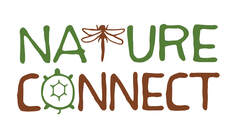
Join our email update list
© Nature Connect 2024
© Nature Connect 2024

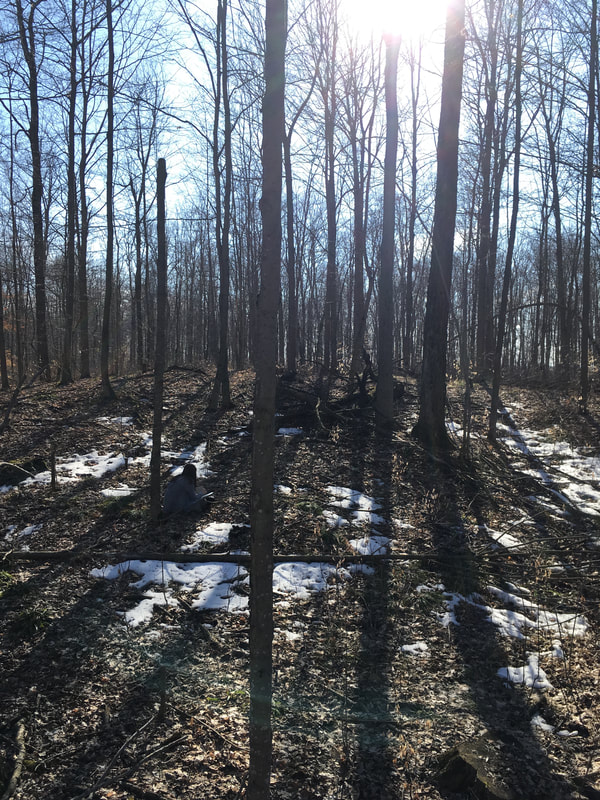
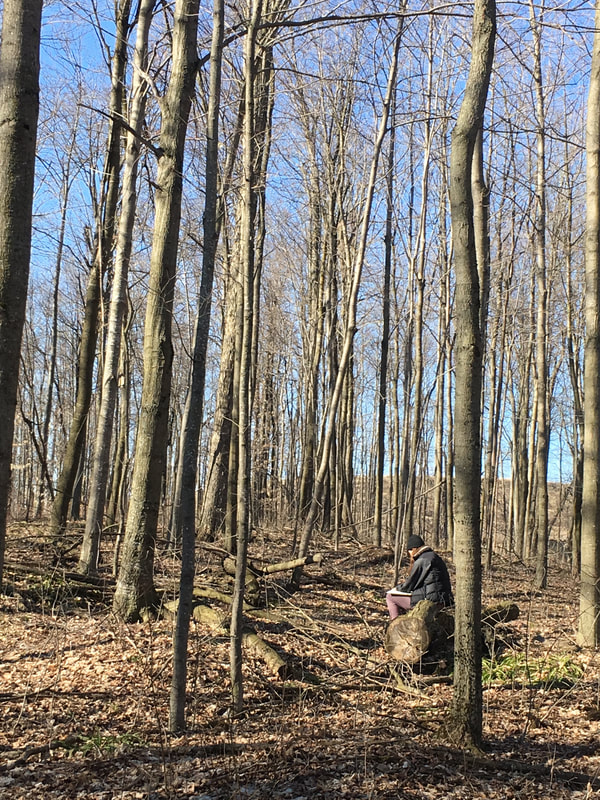
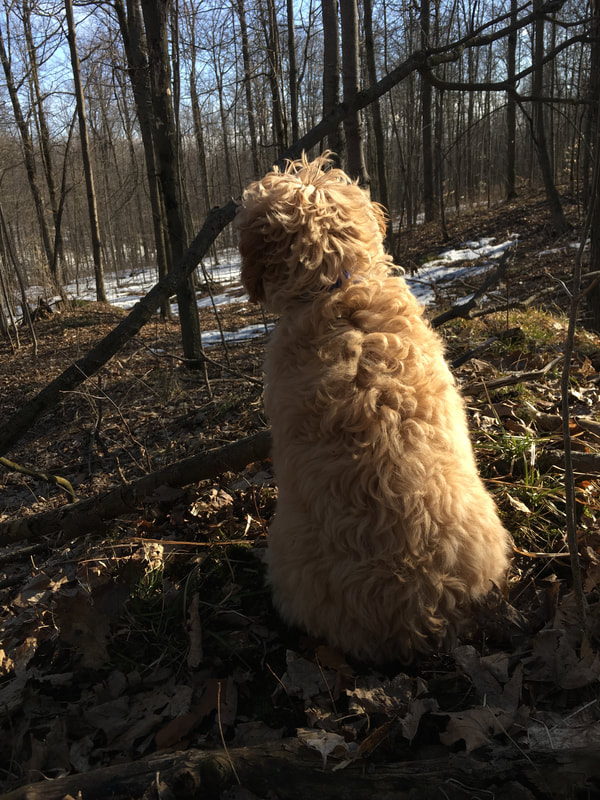
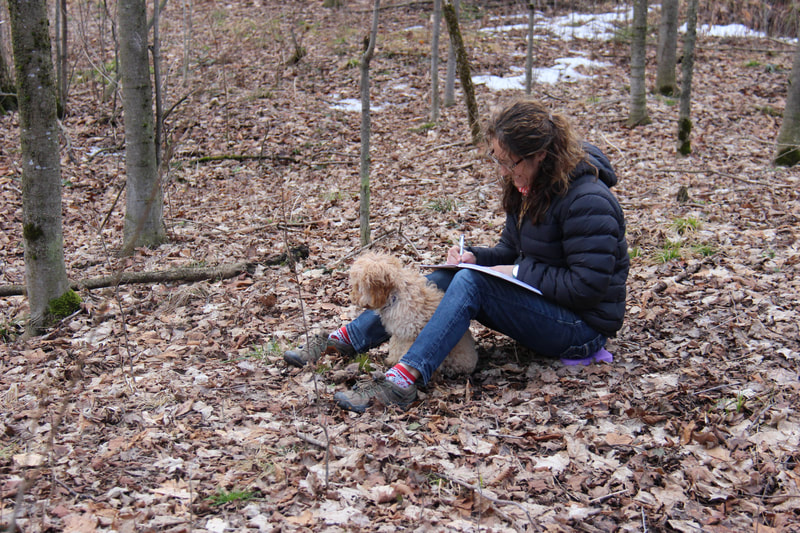
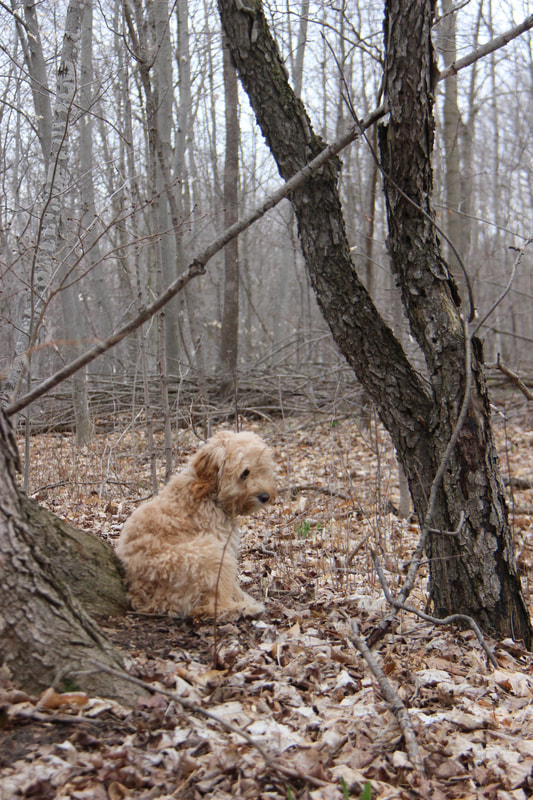
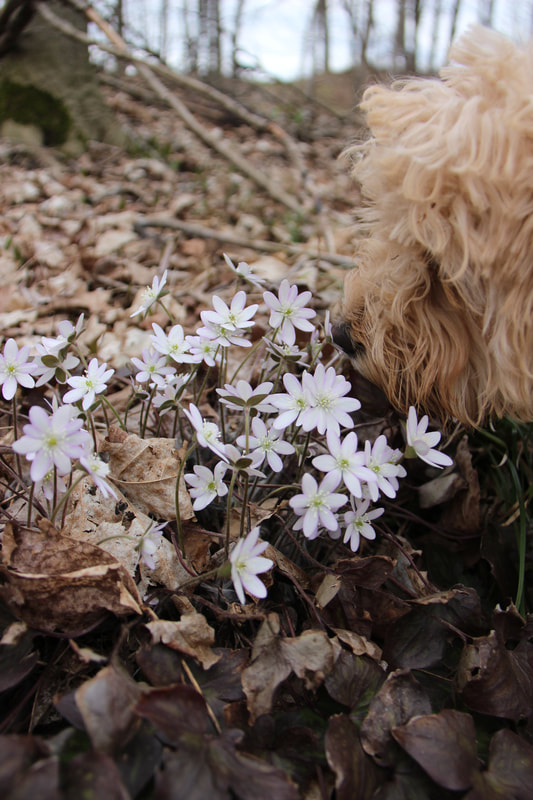
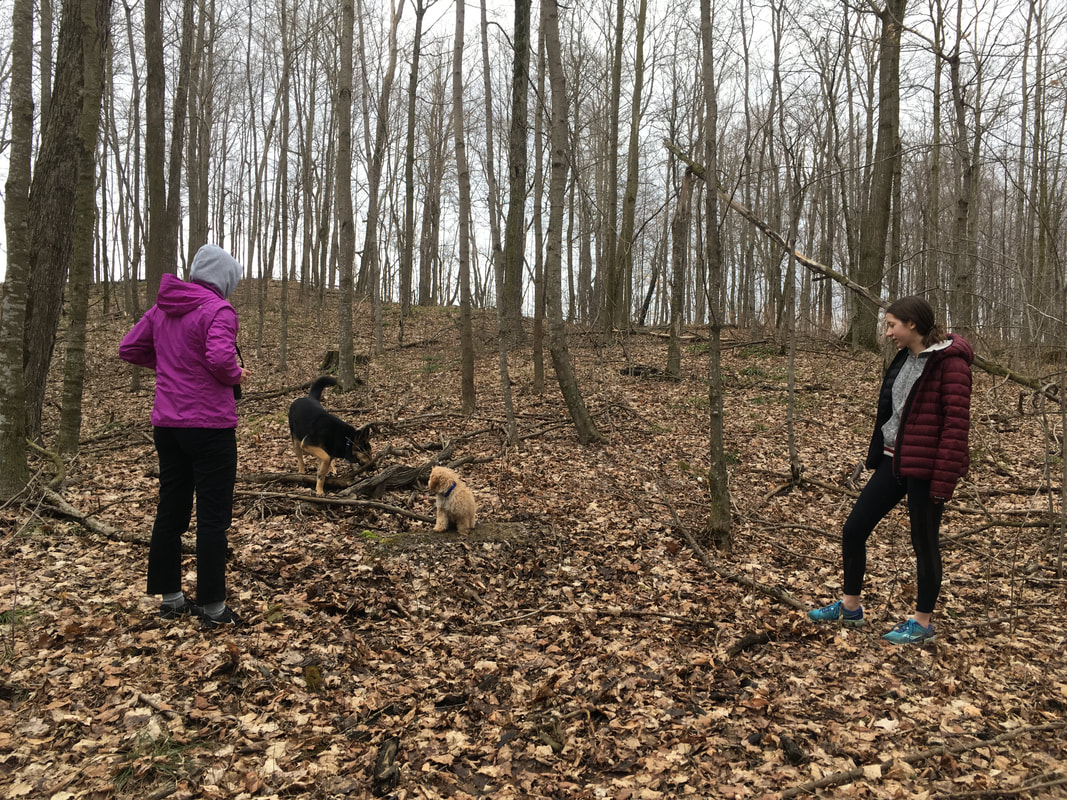
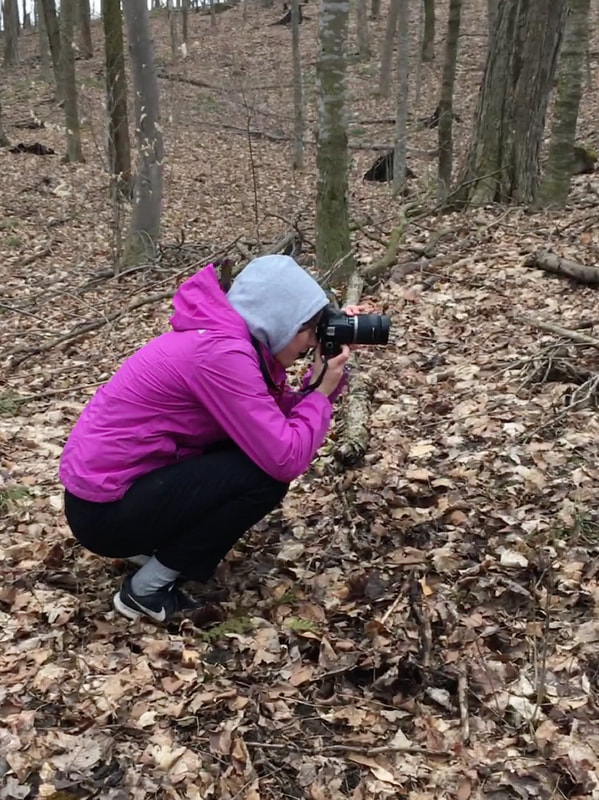
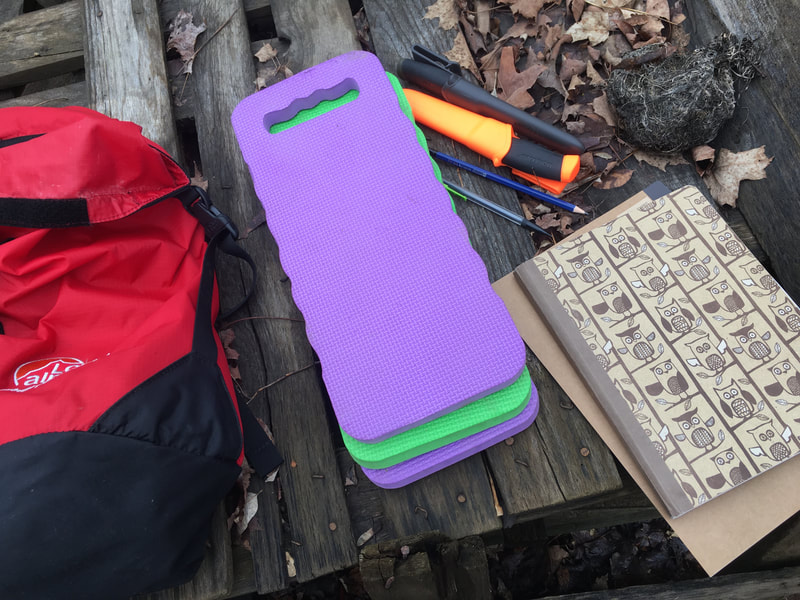
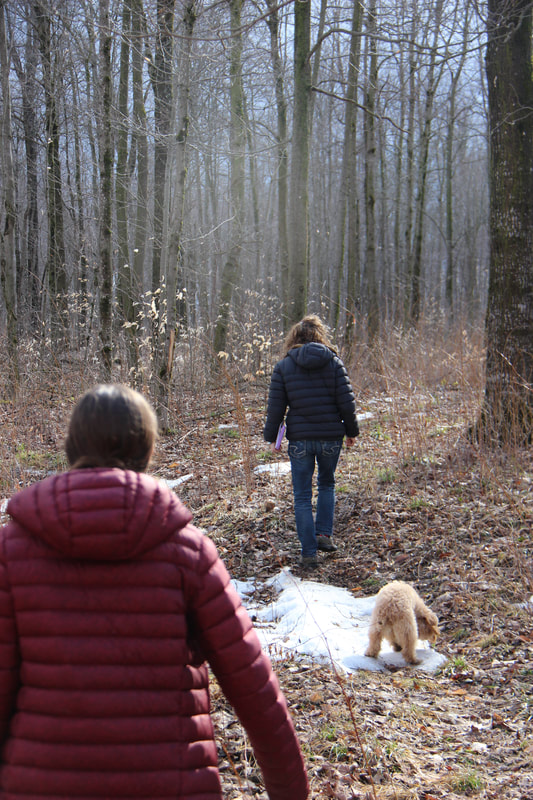
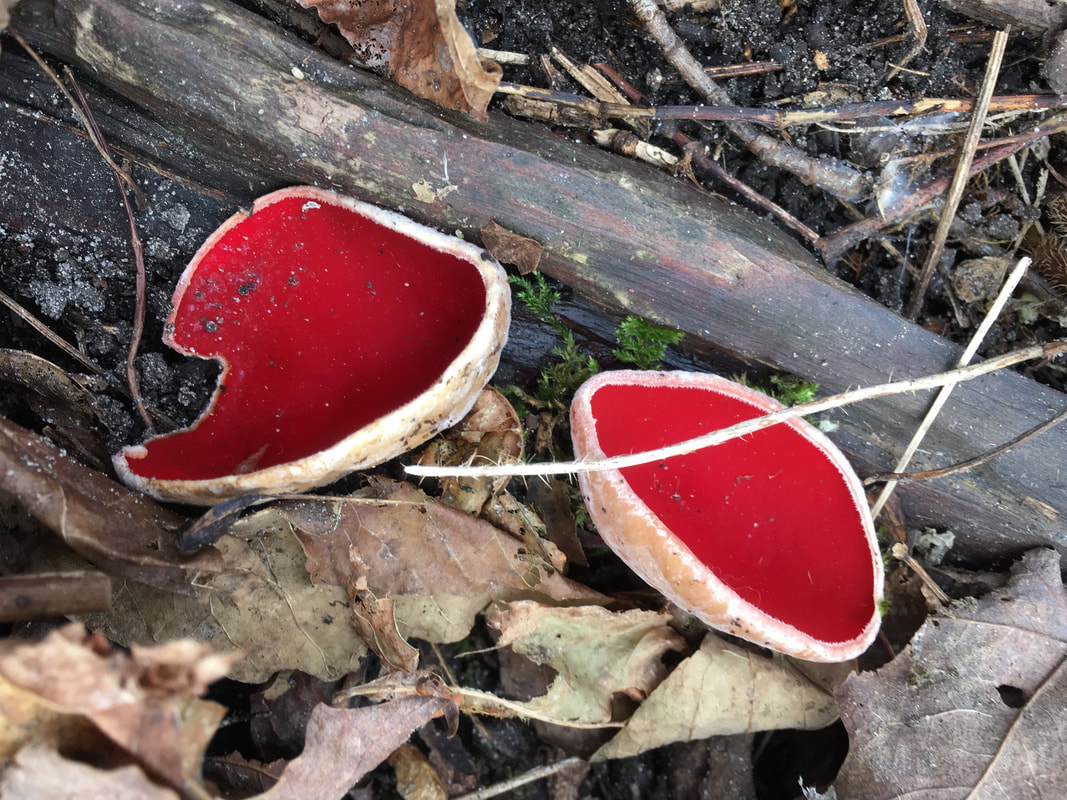
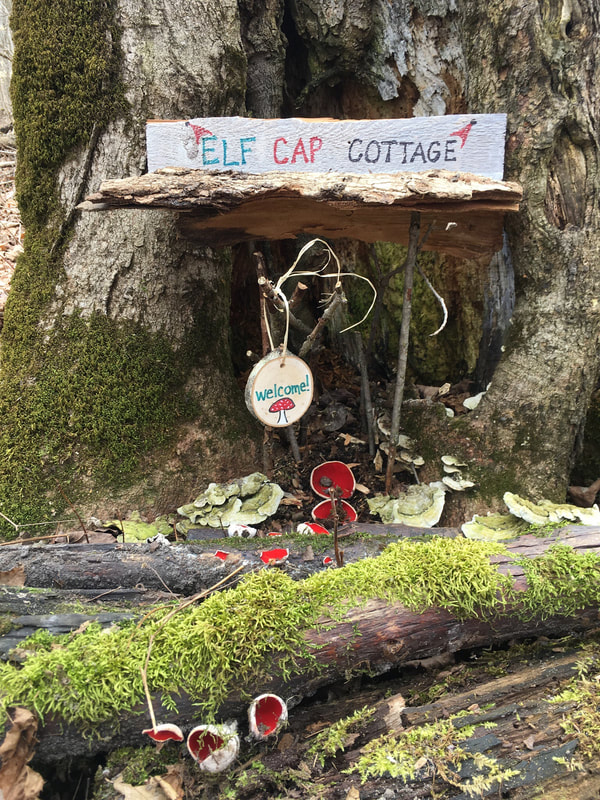
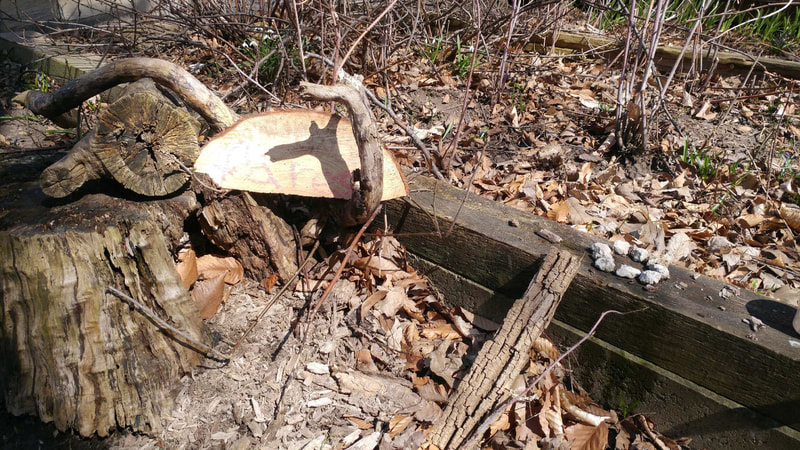
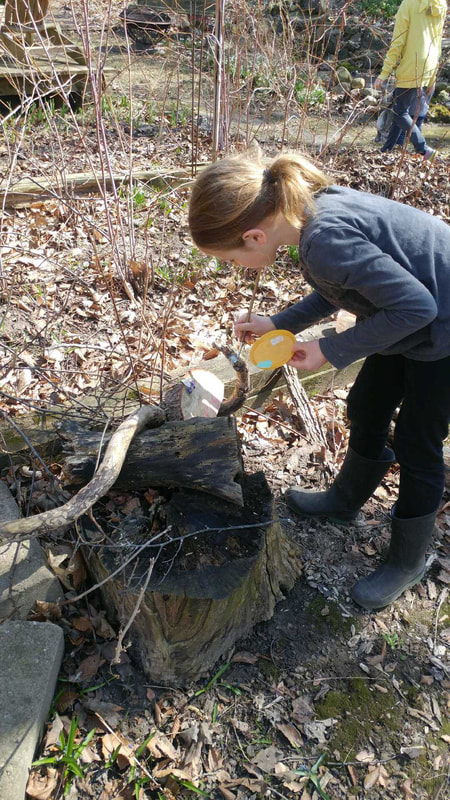
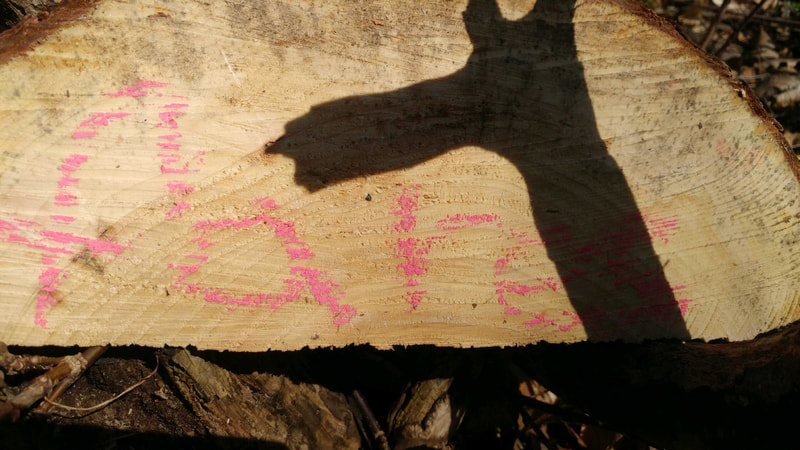
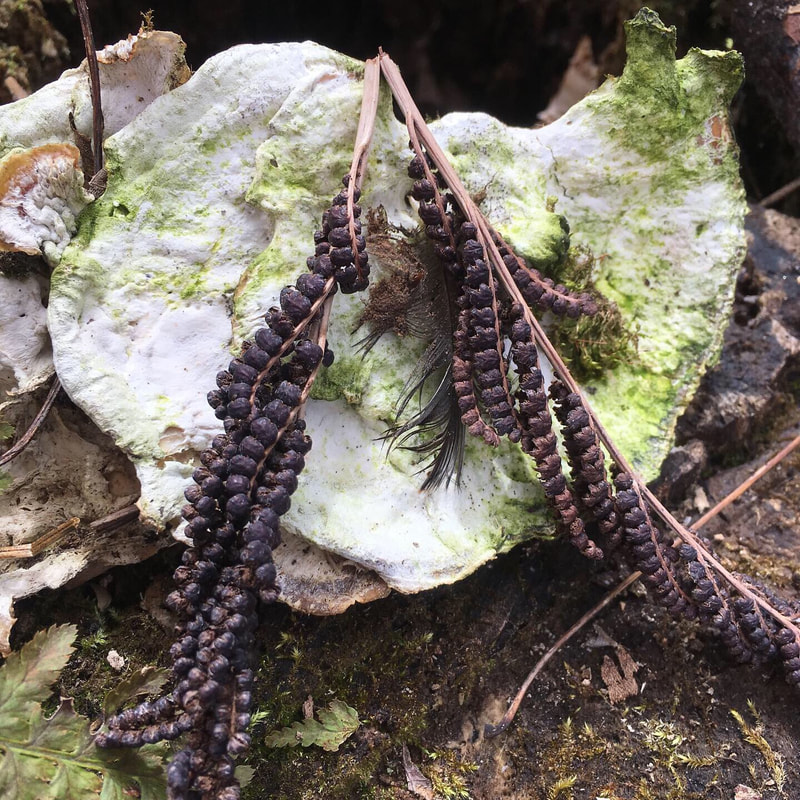
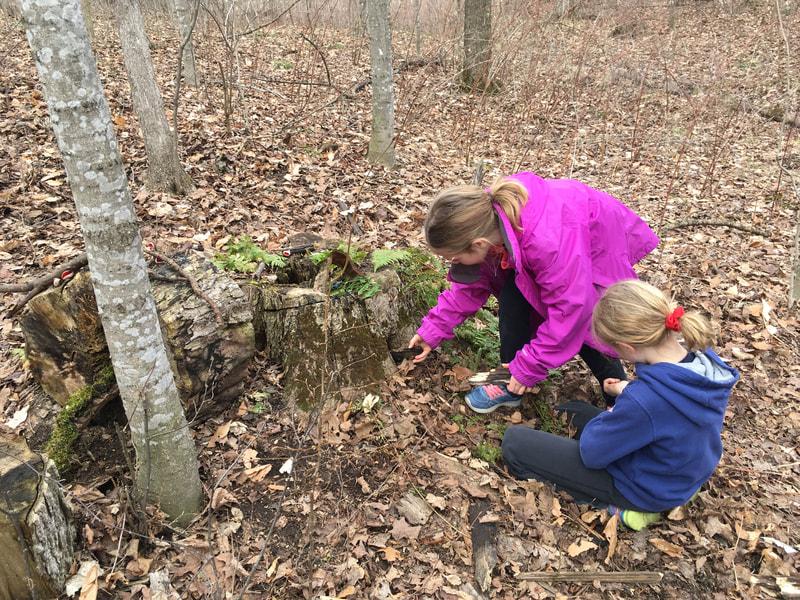
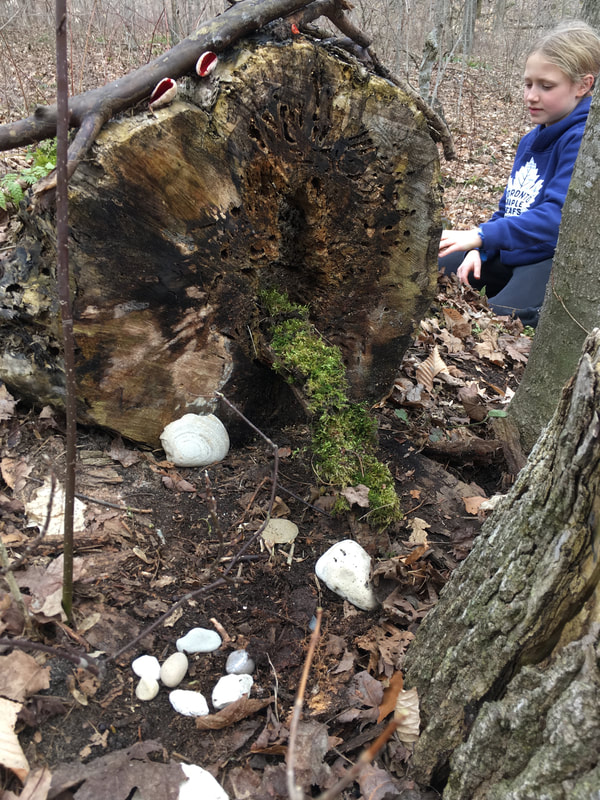
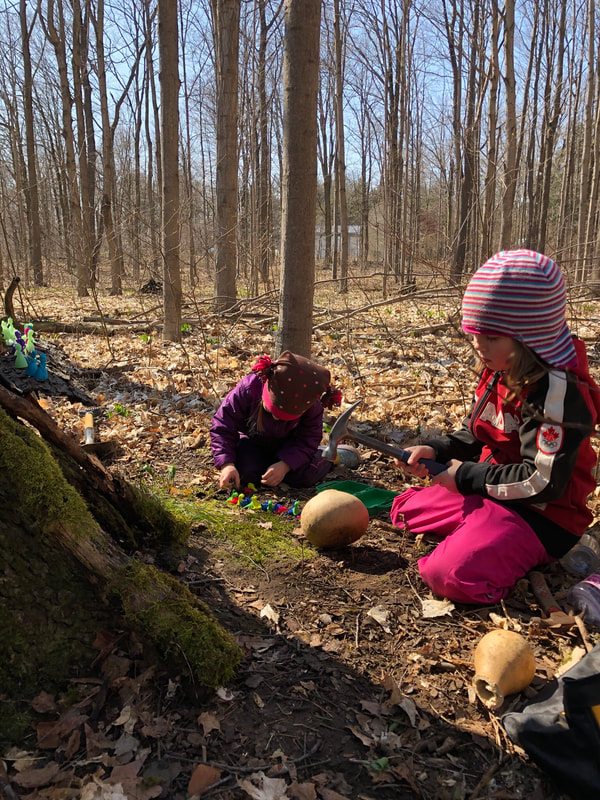
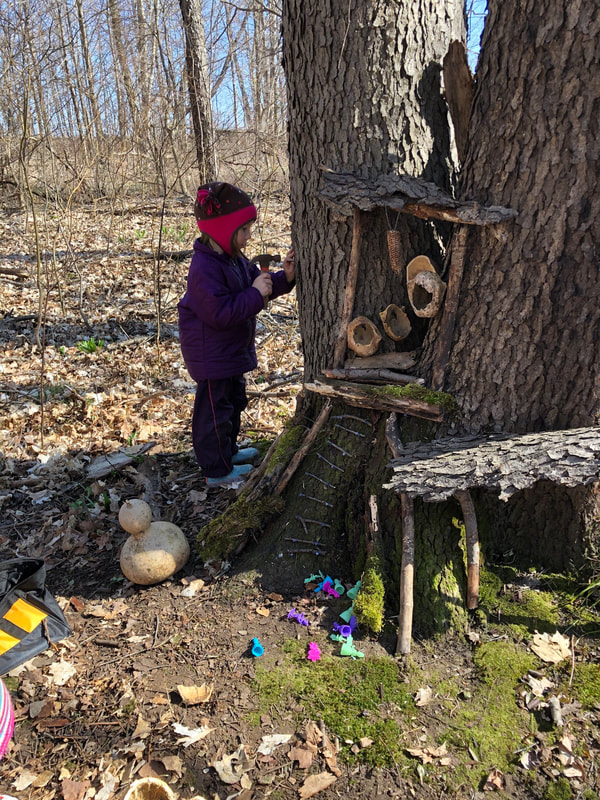
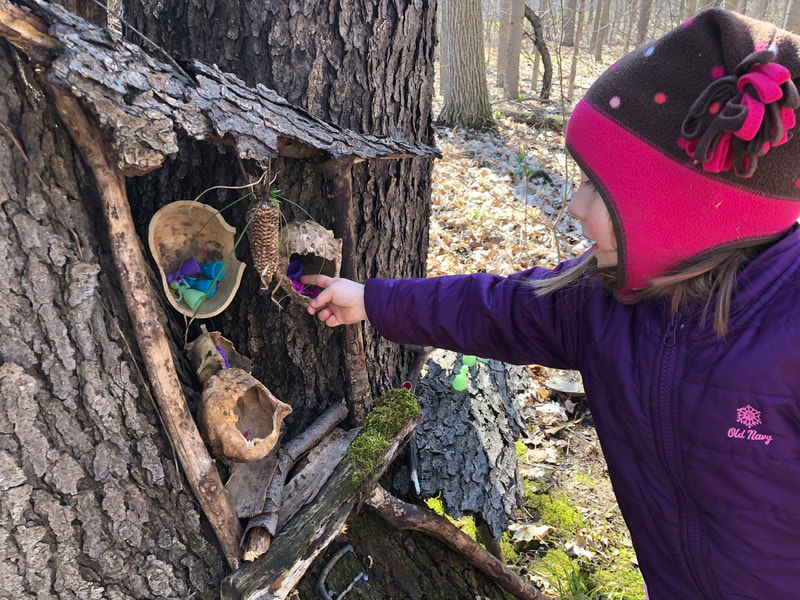
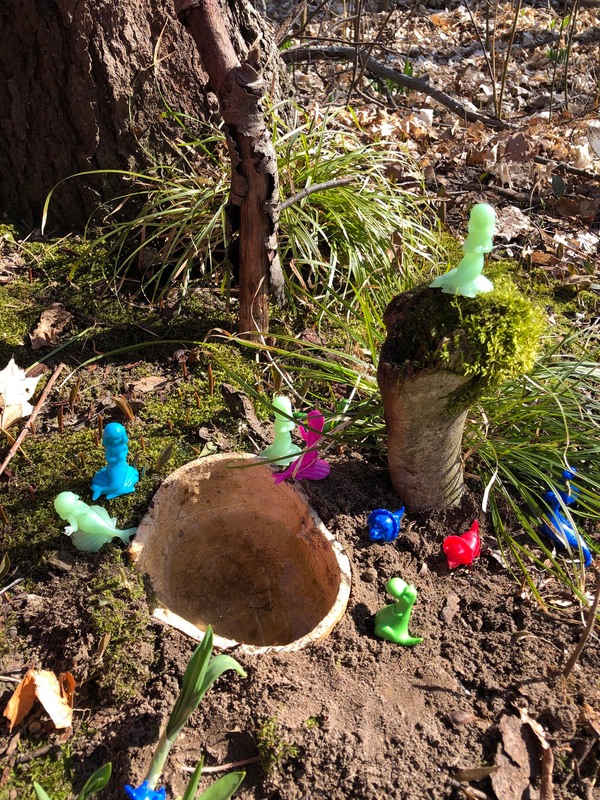
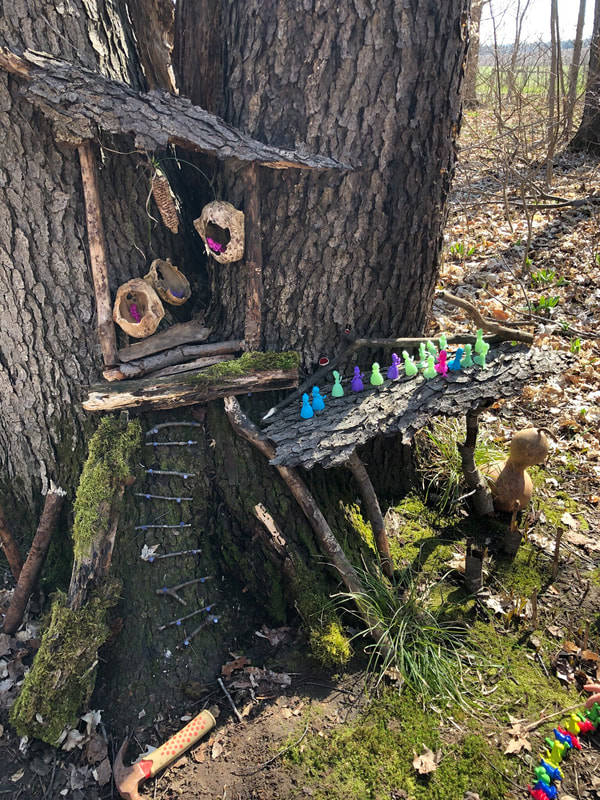
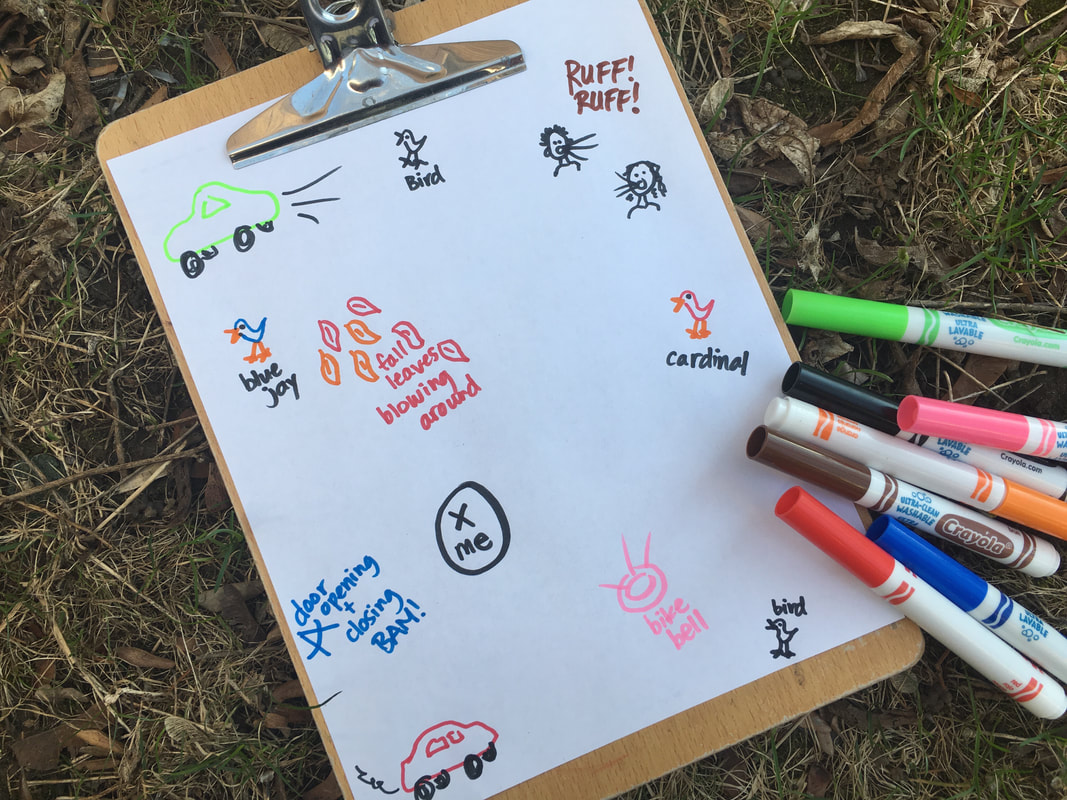
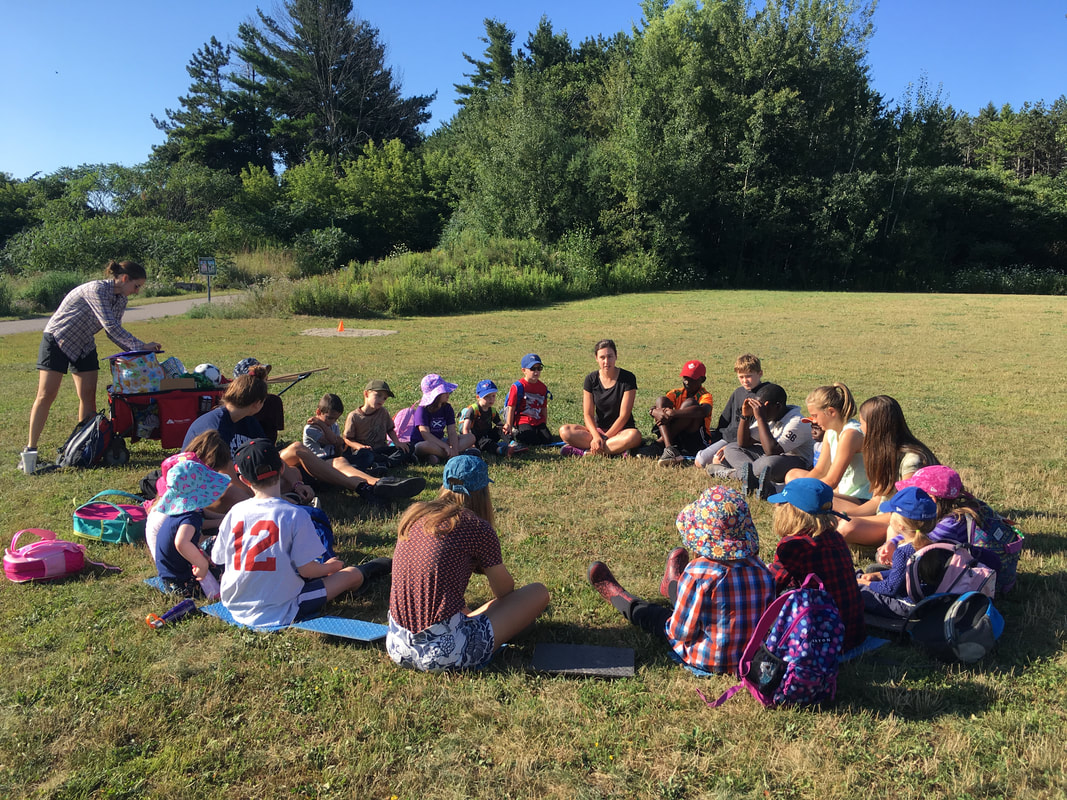
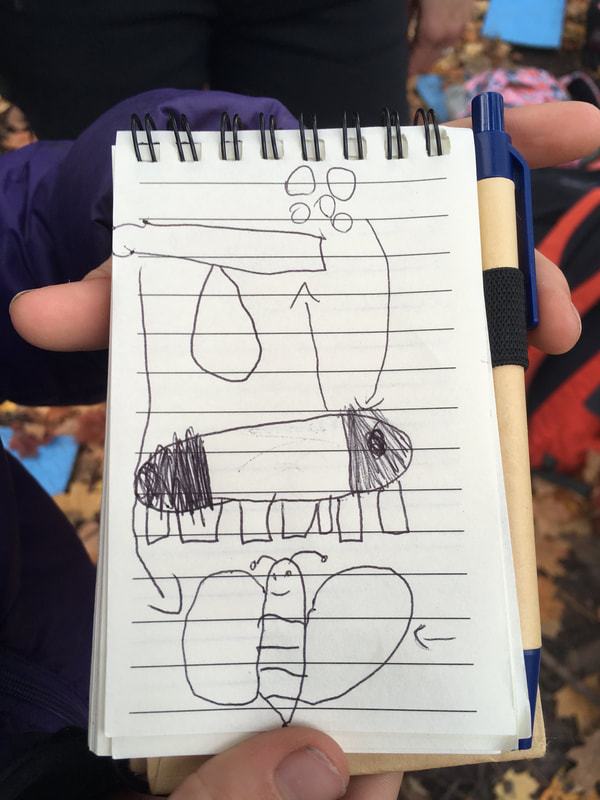
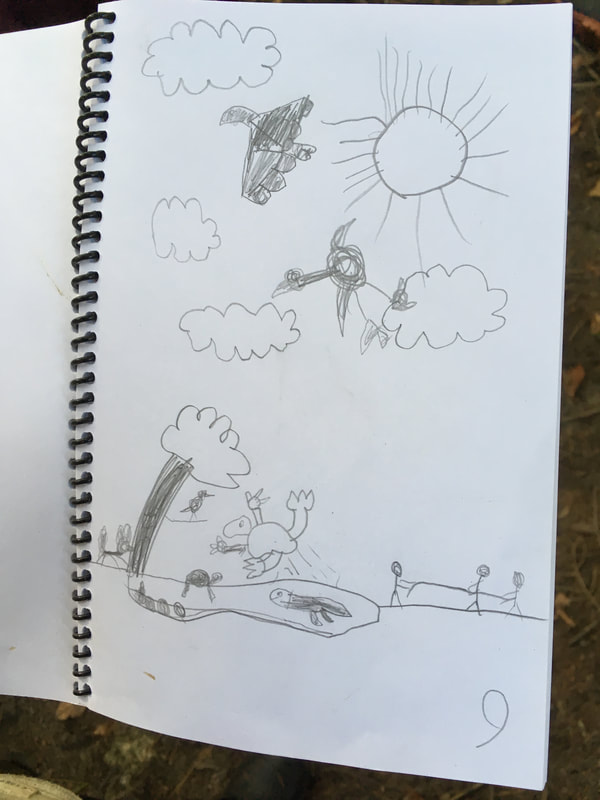
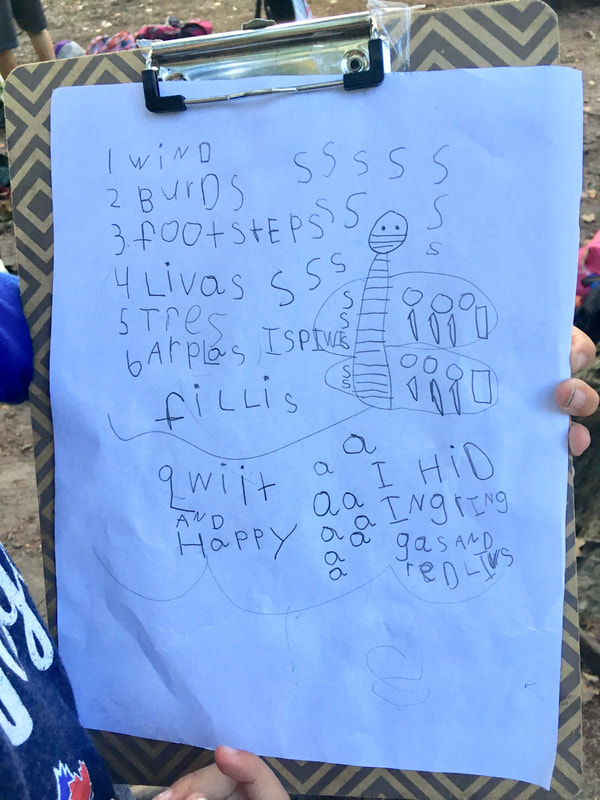
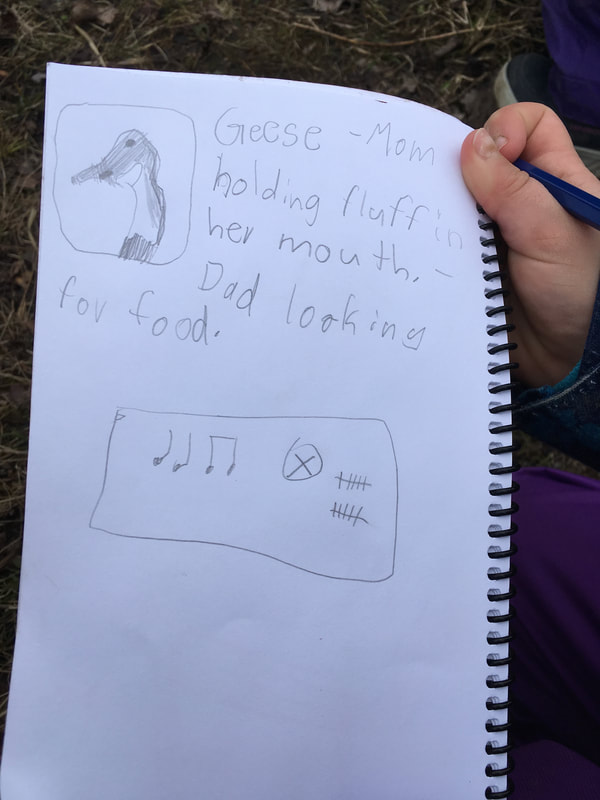
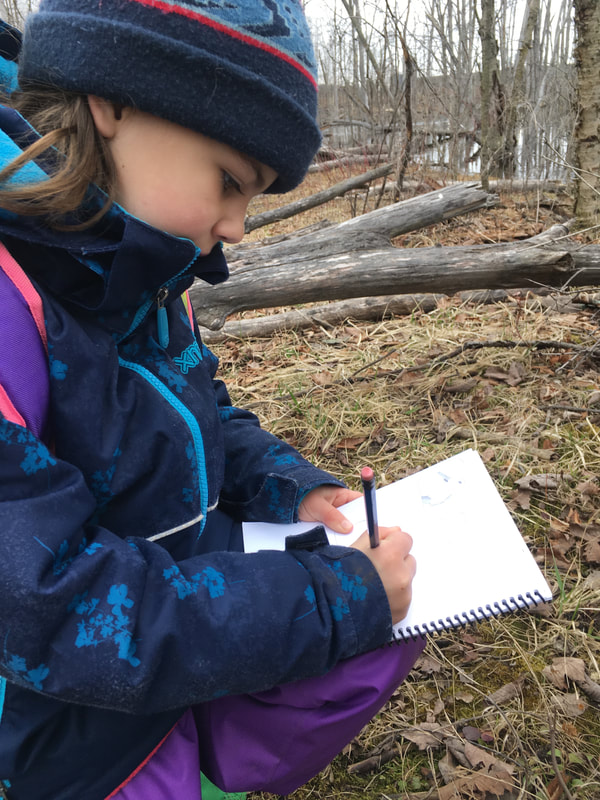
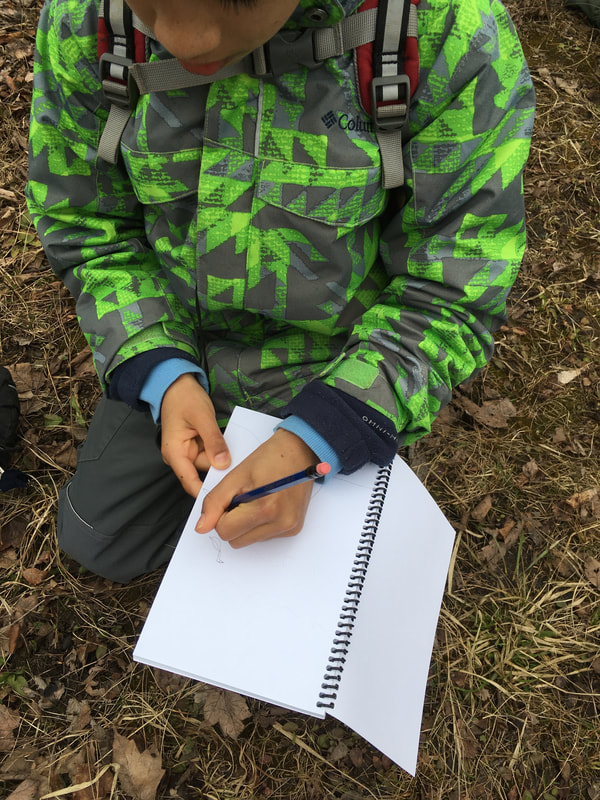
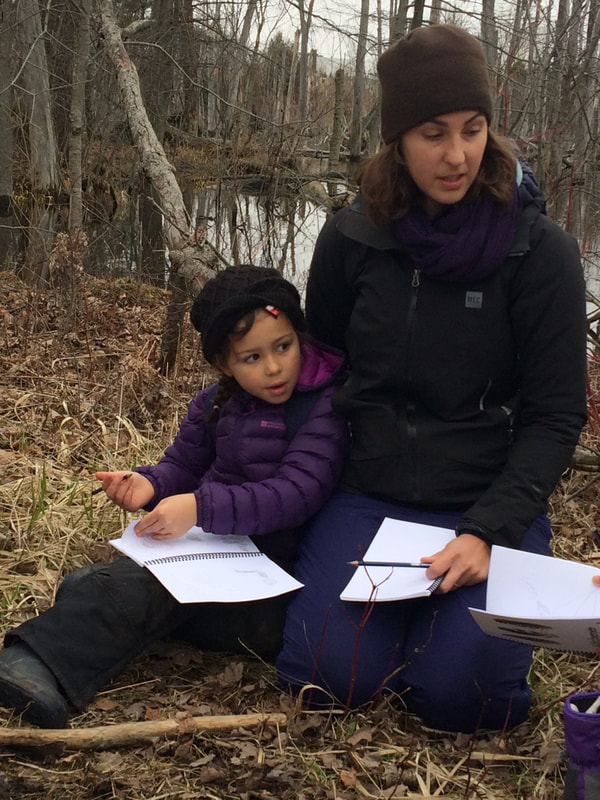
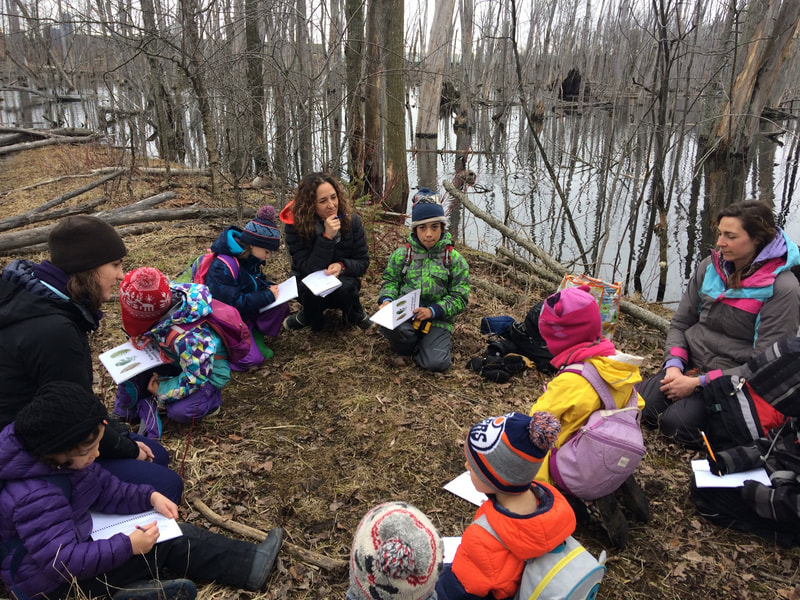
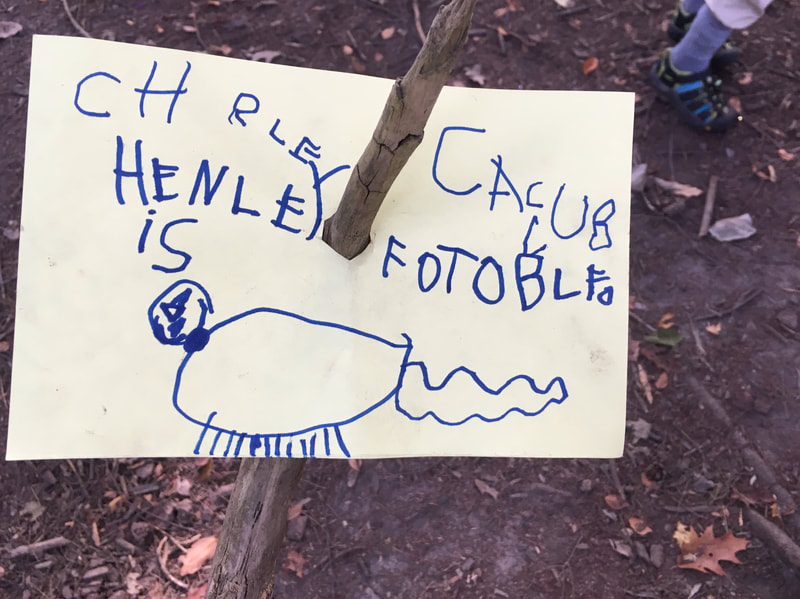
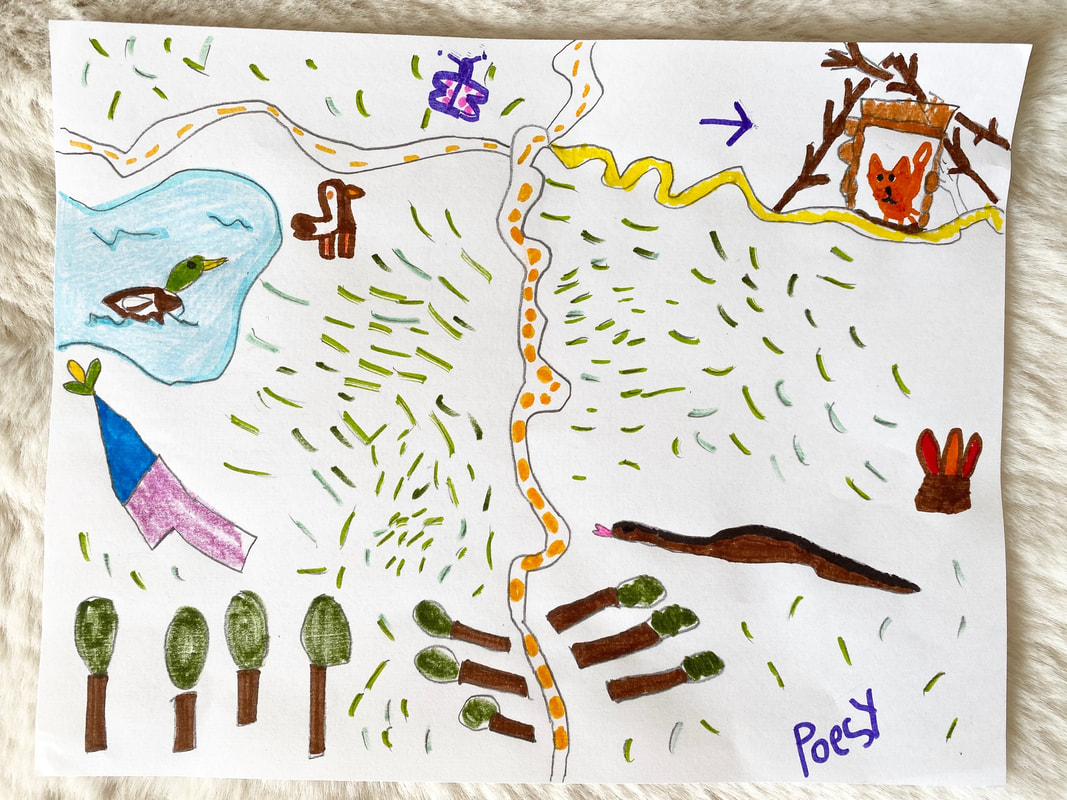
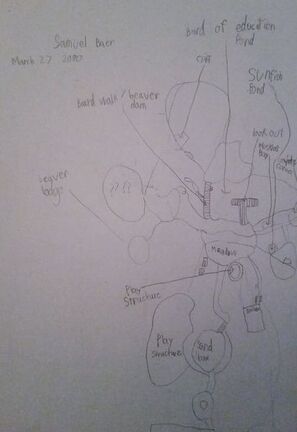
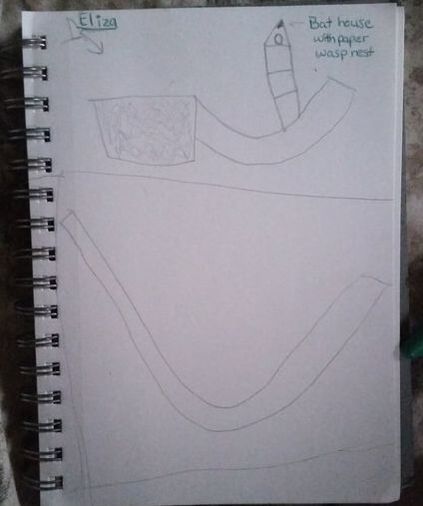
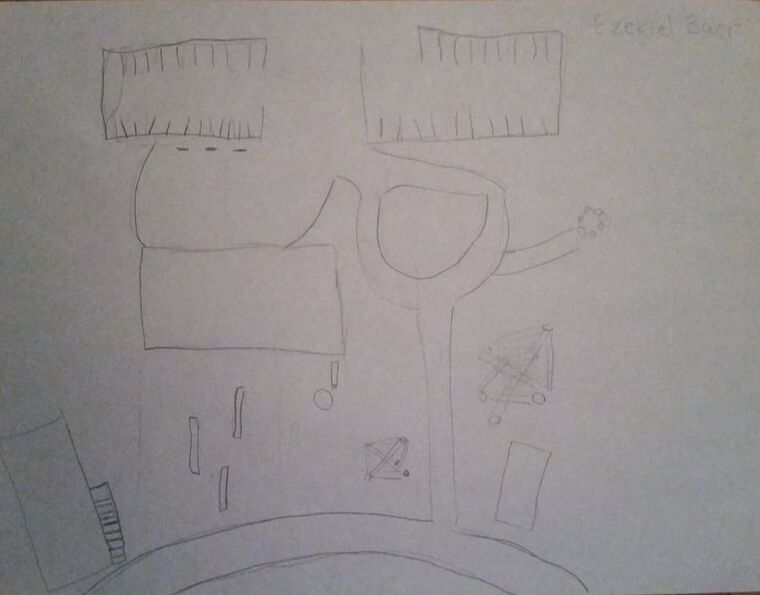
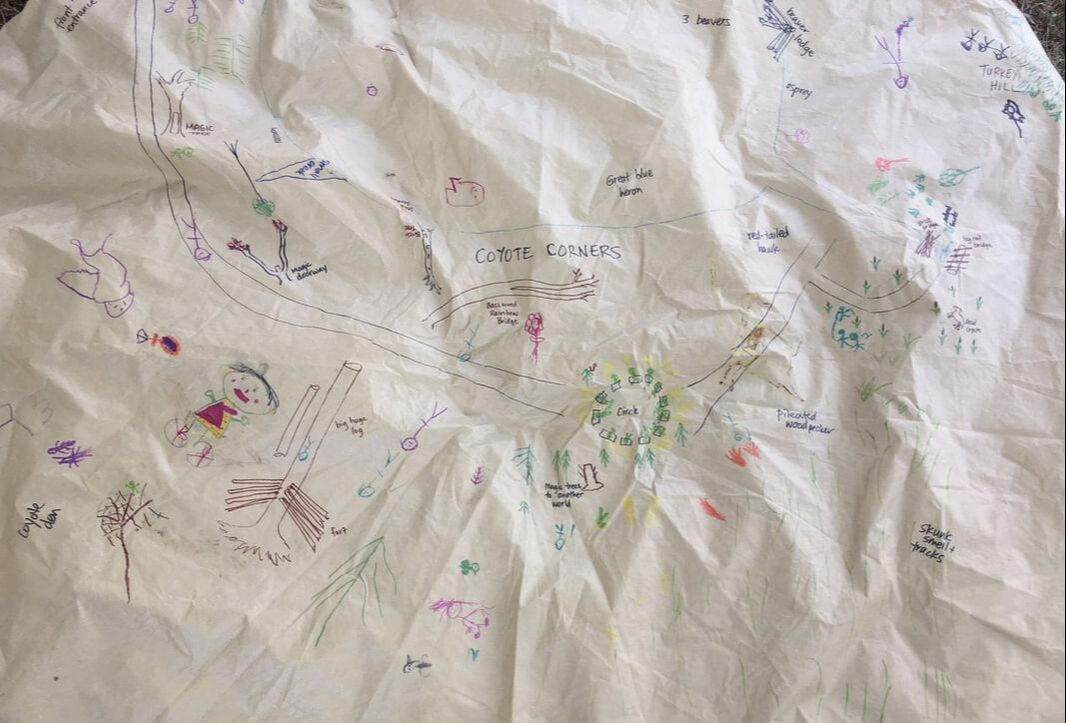
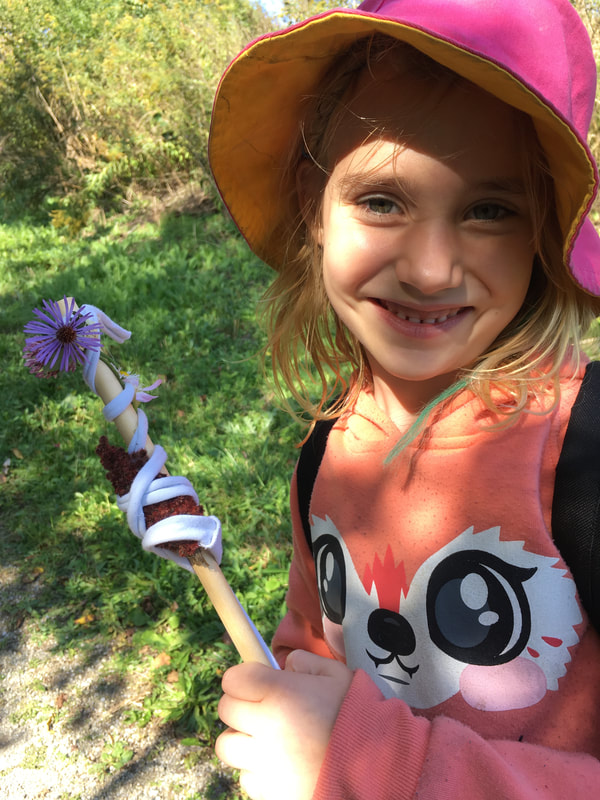
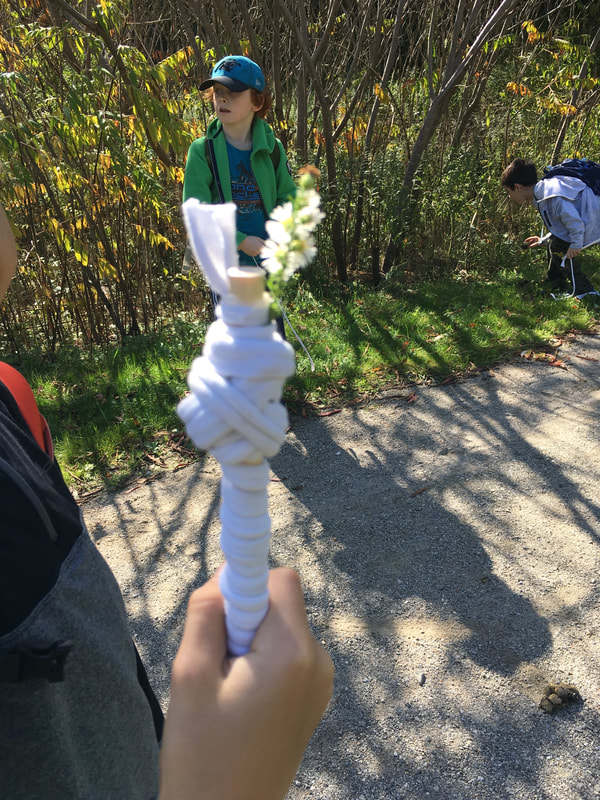
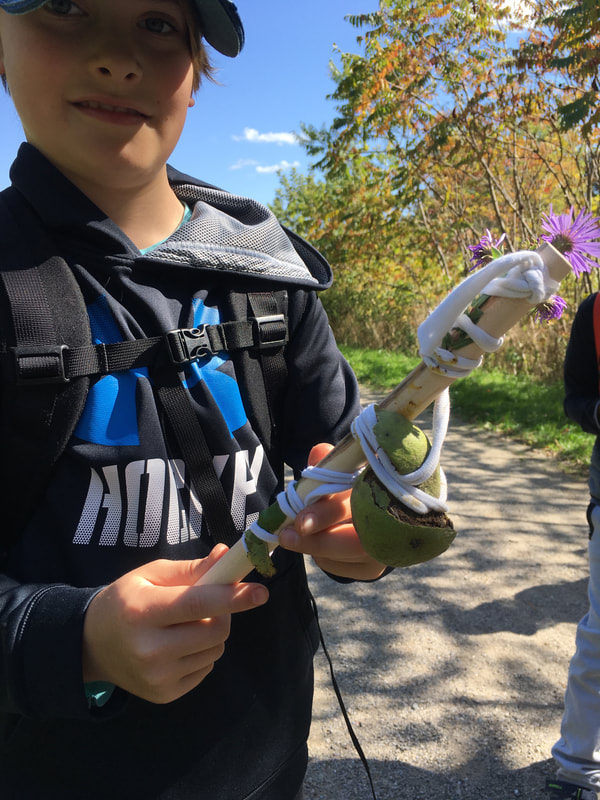
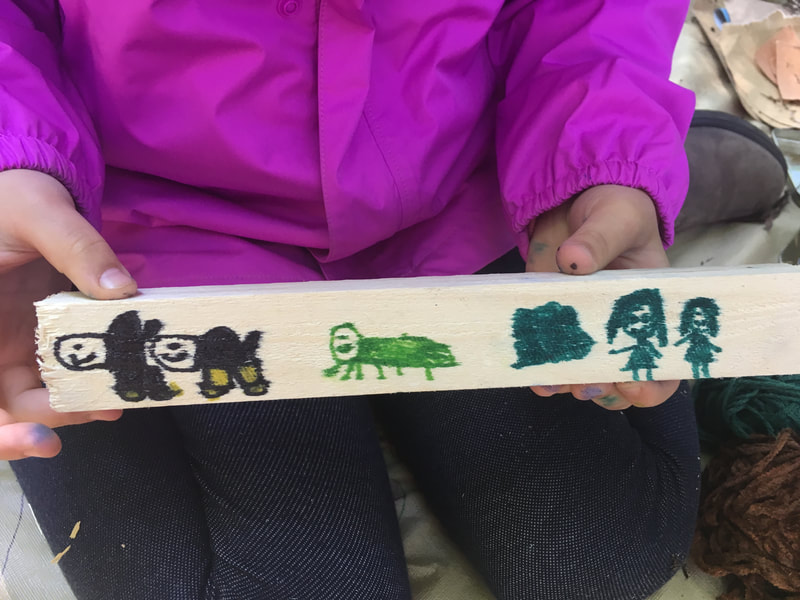
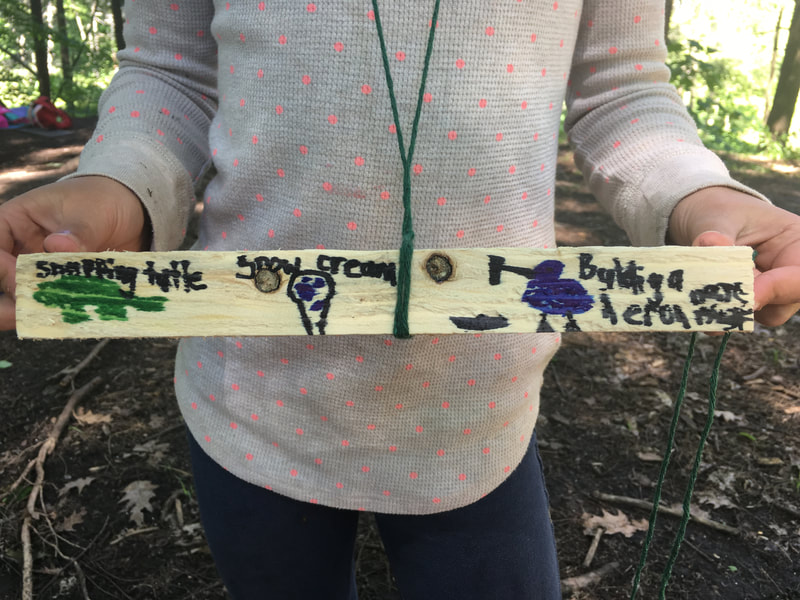
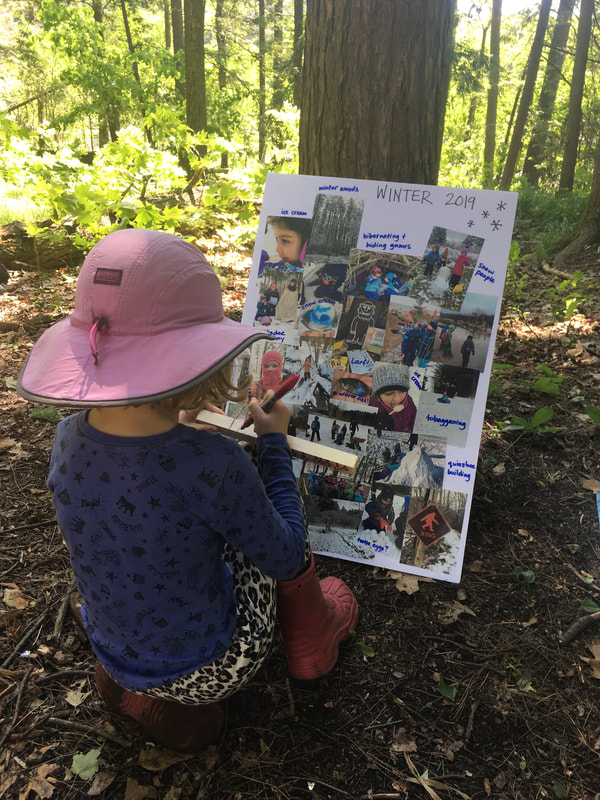
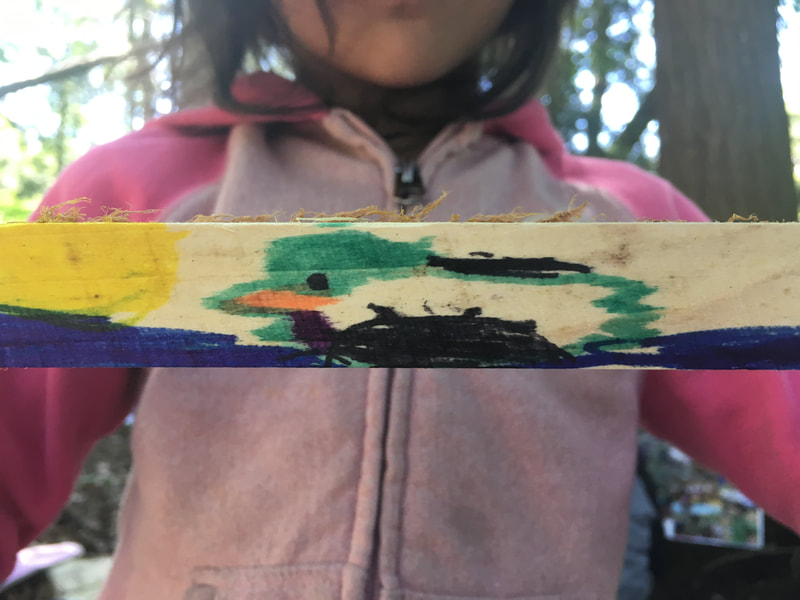
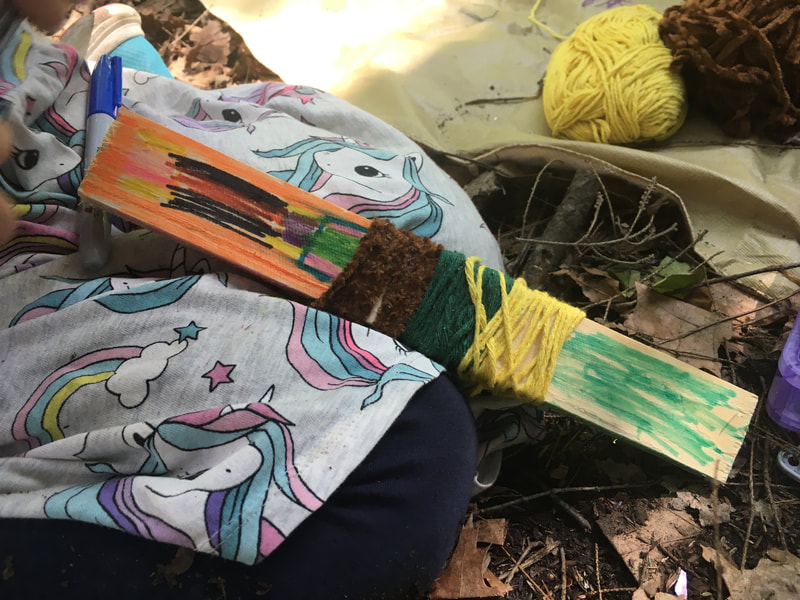
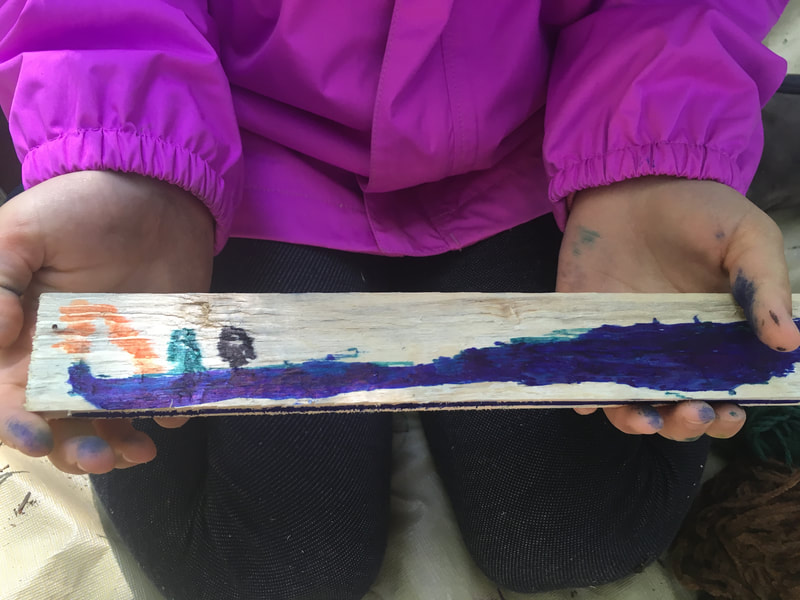
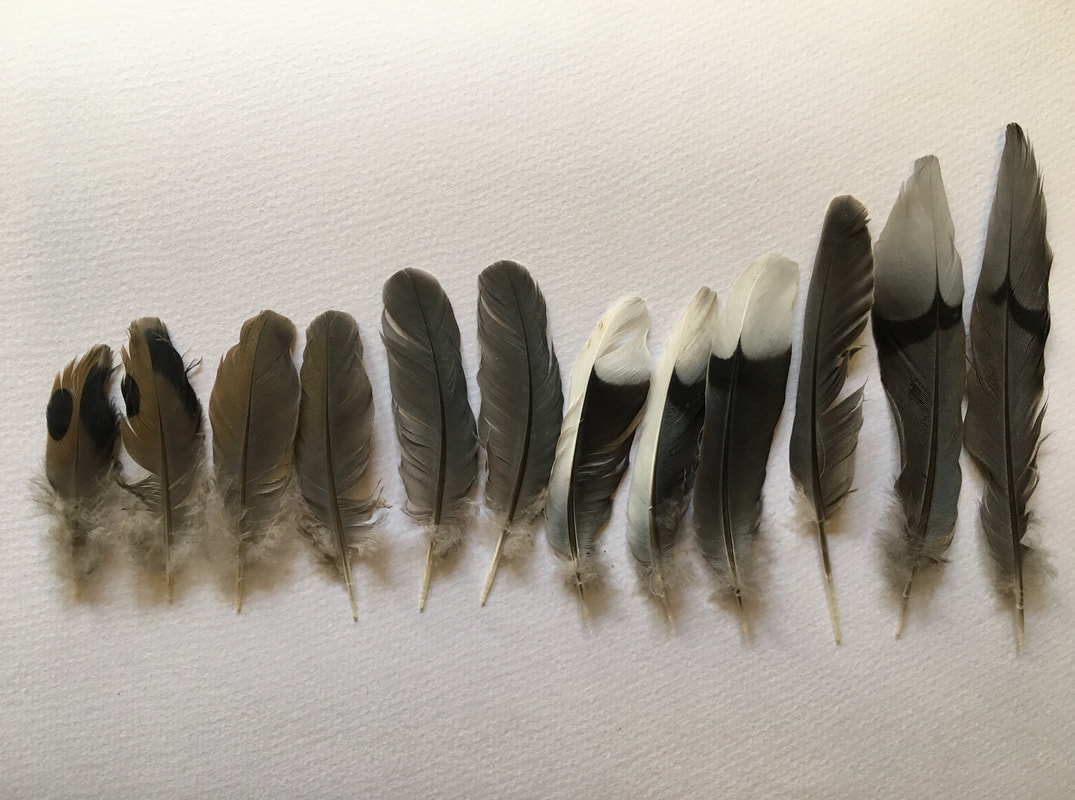
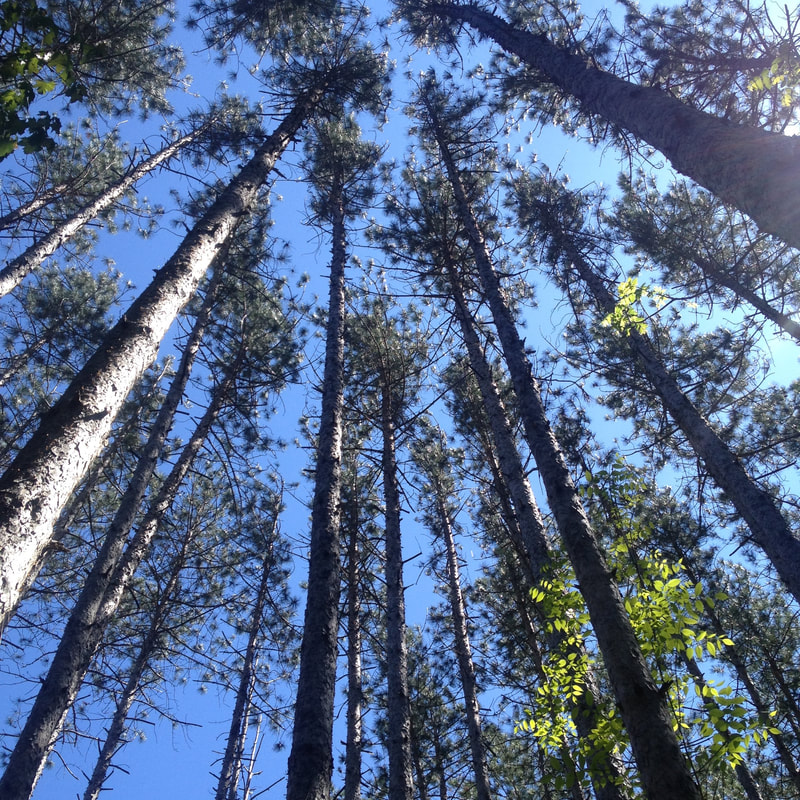
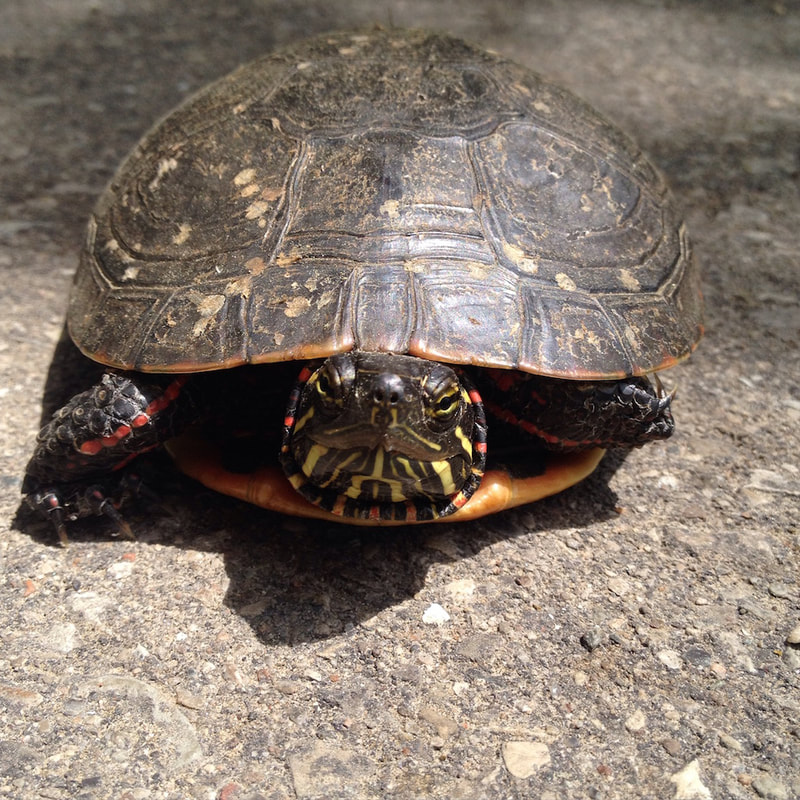
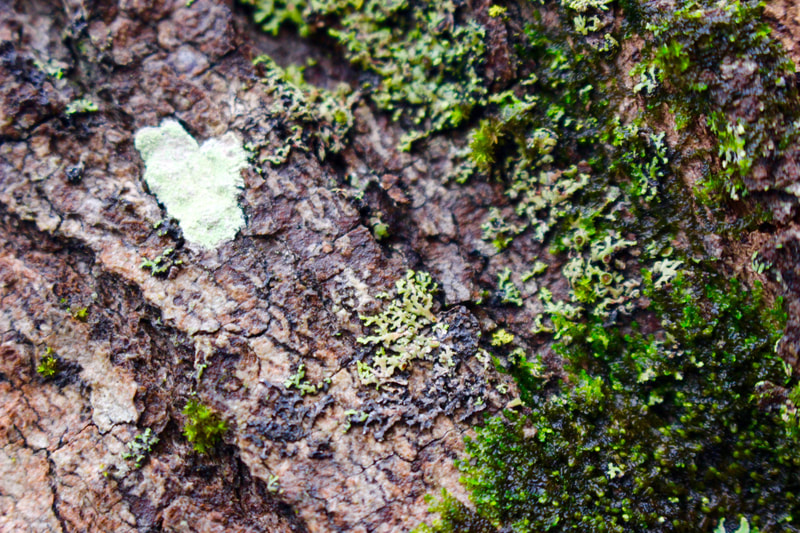
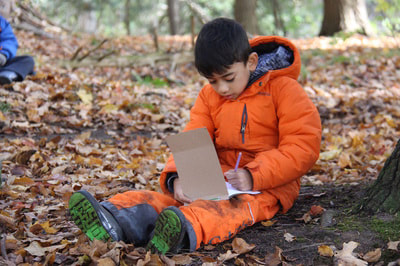
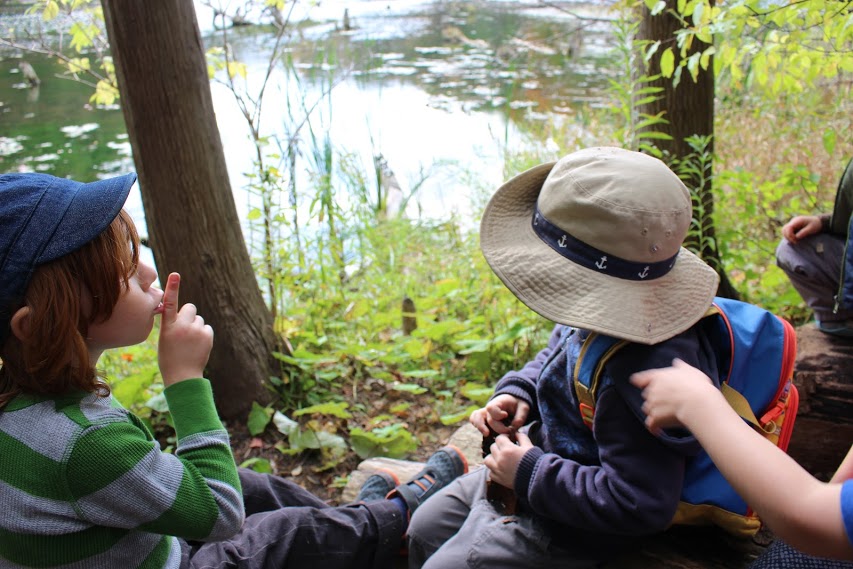
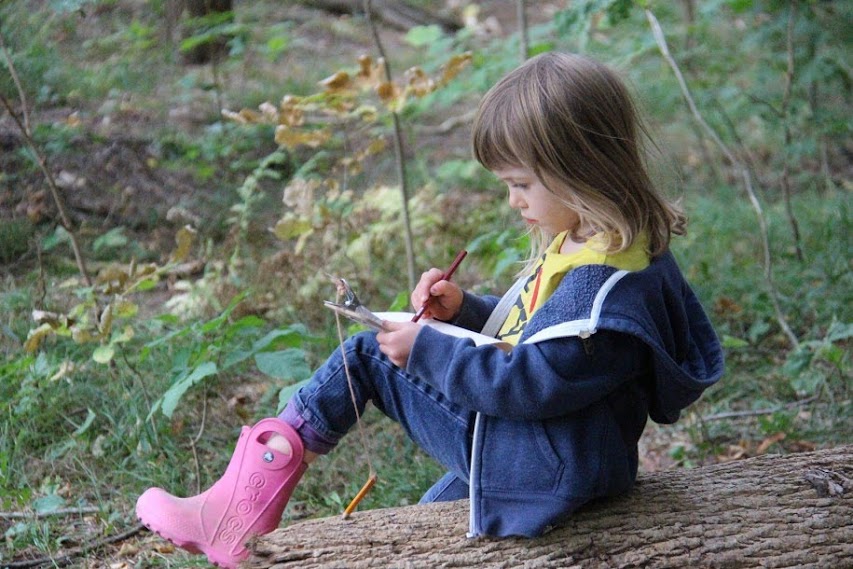
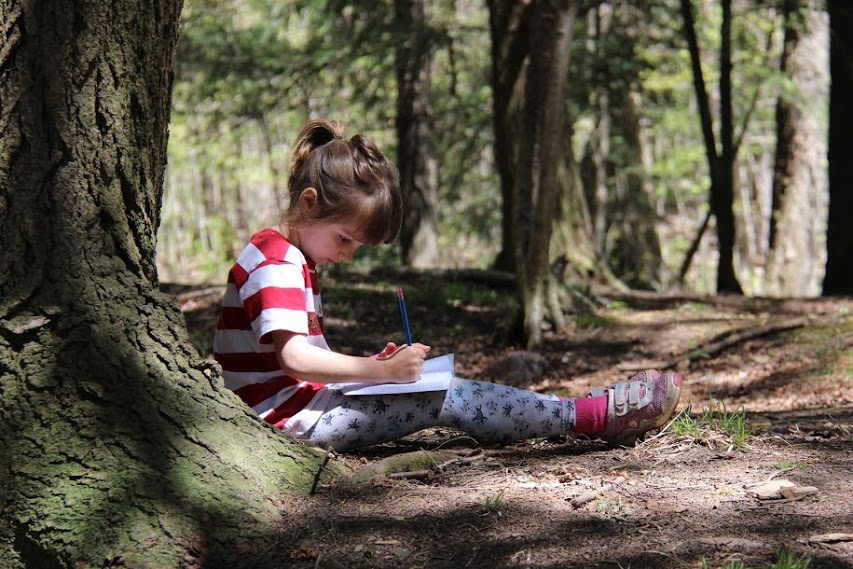
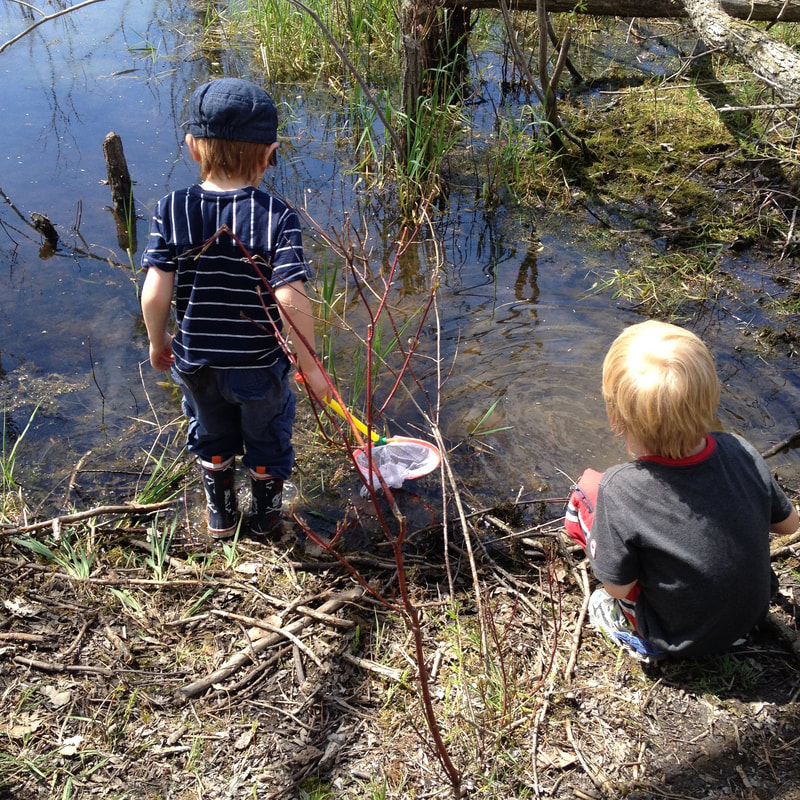
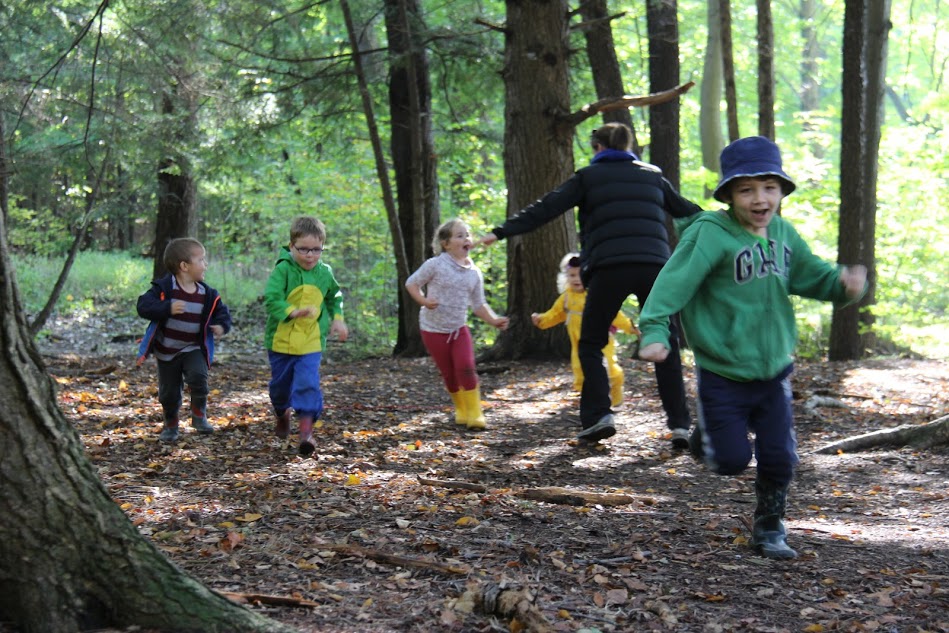
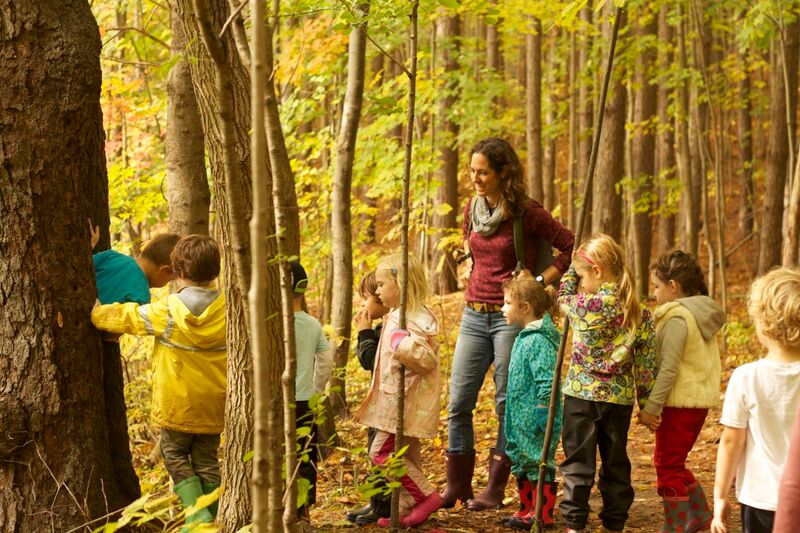
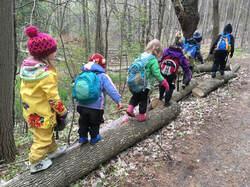
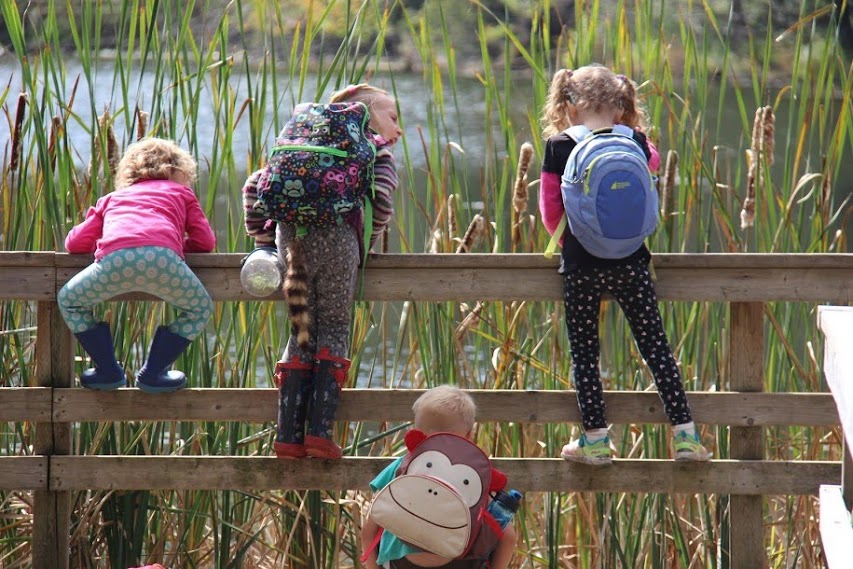
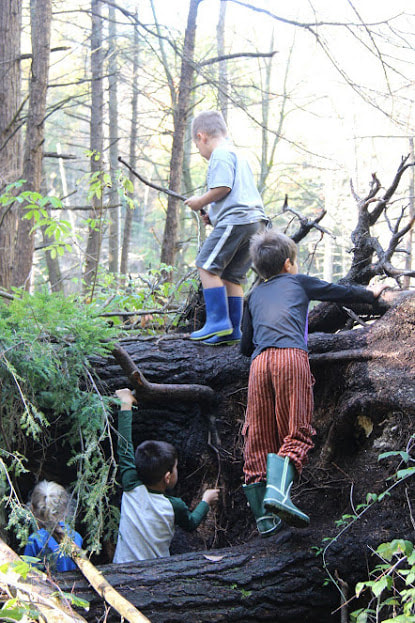
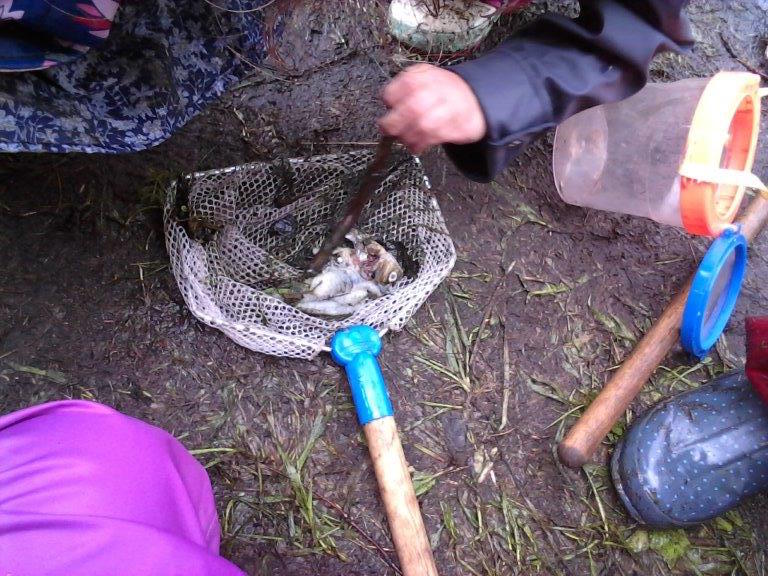
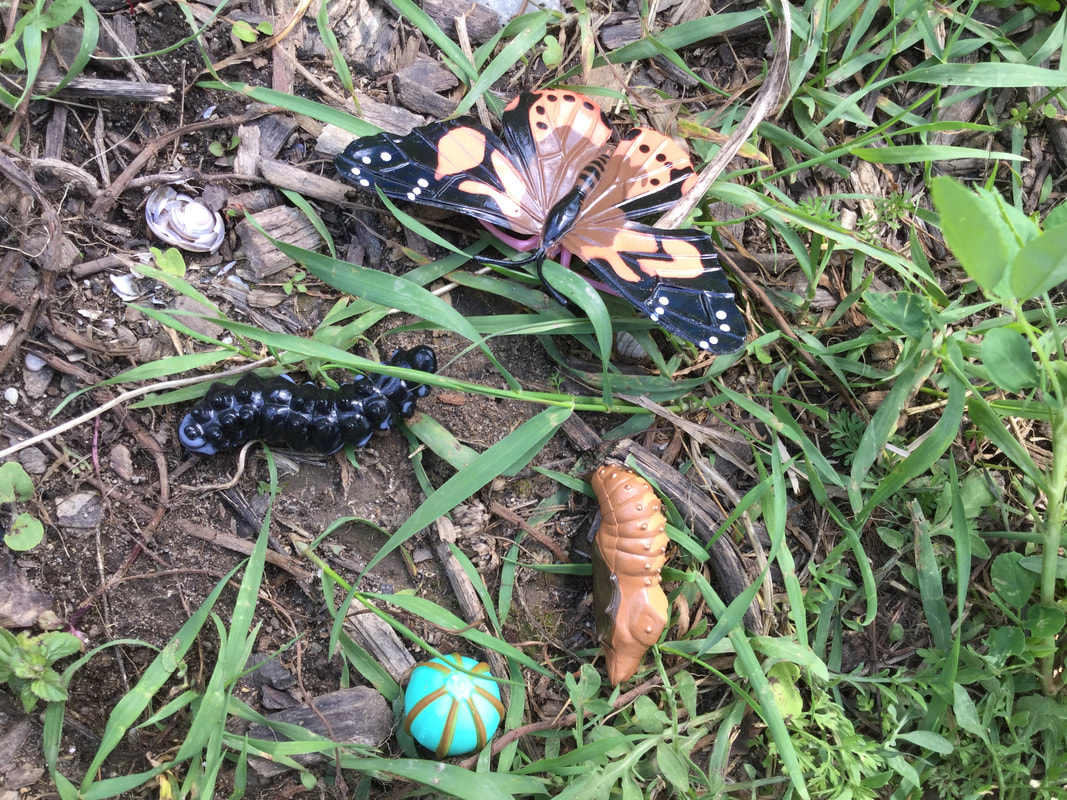
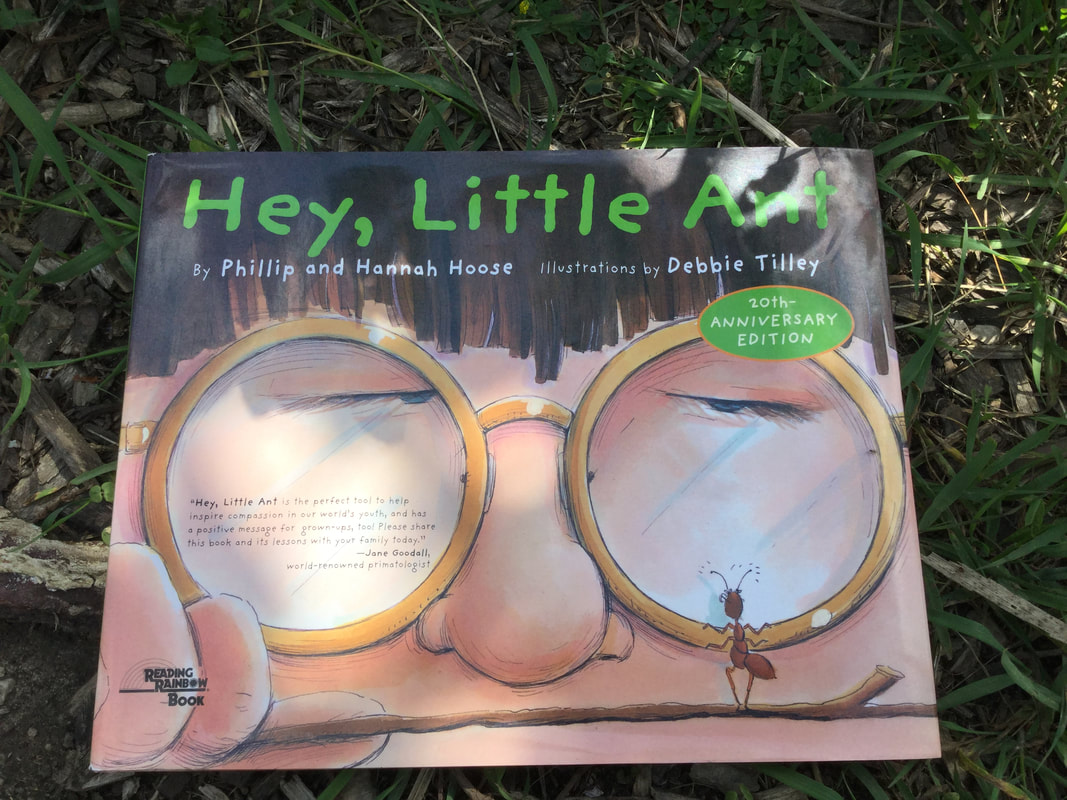
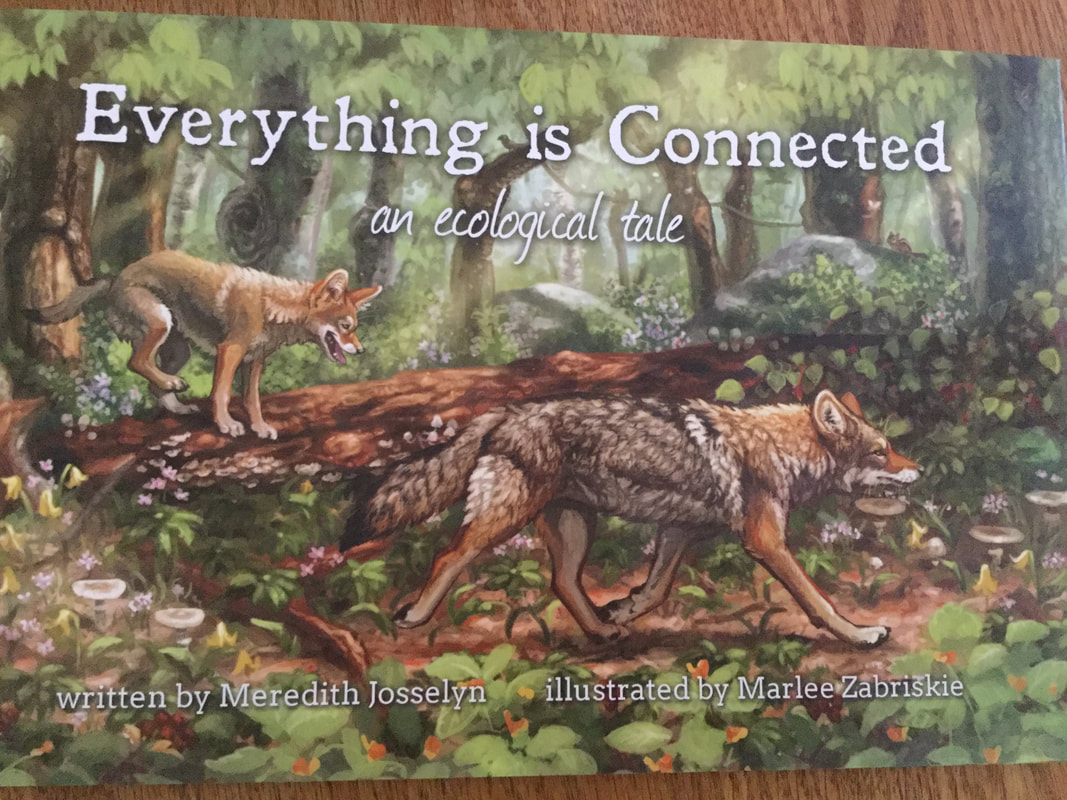
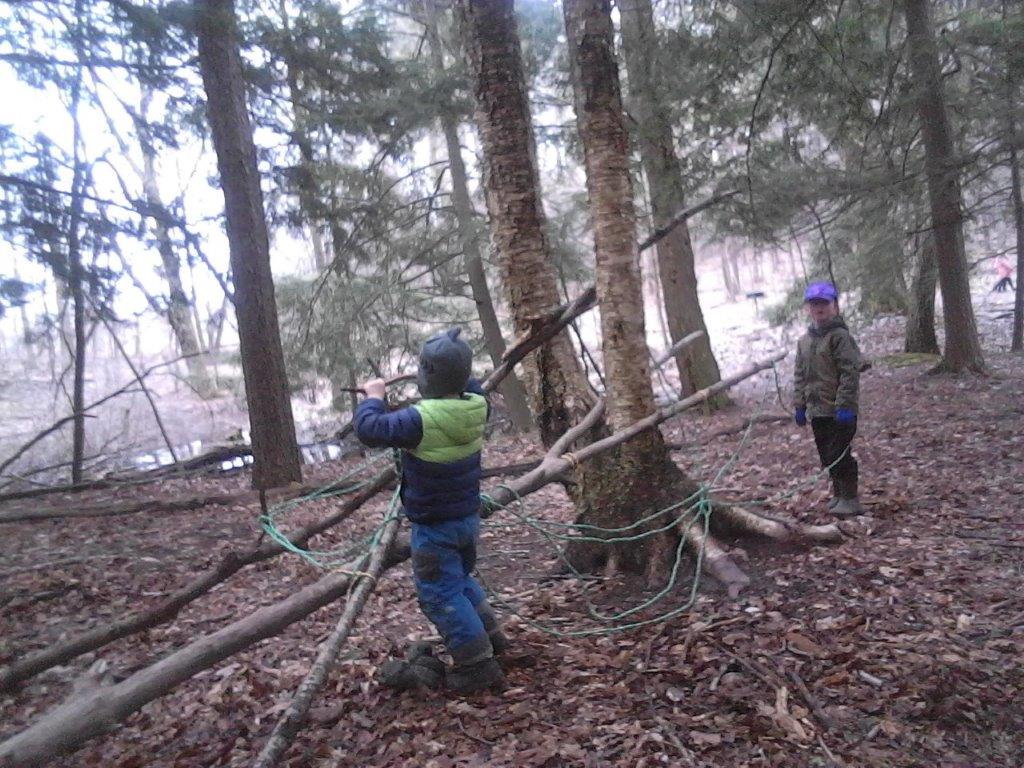
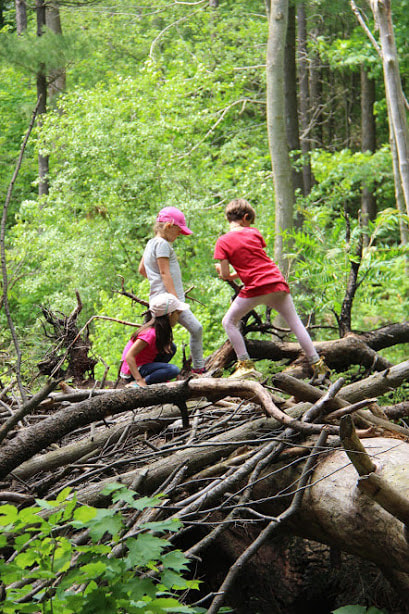
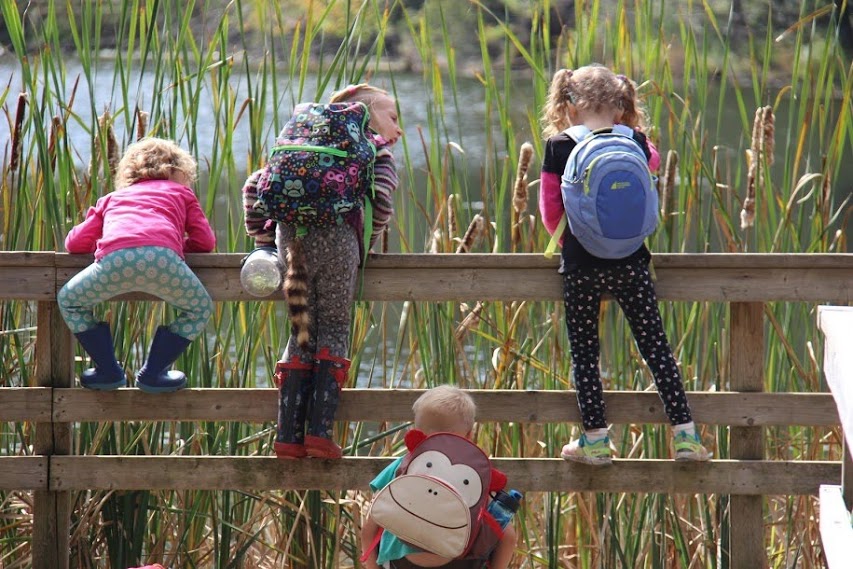
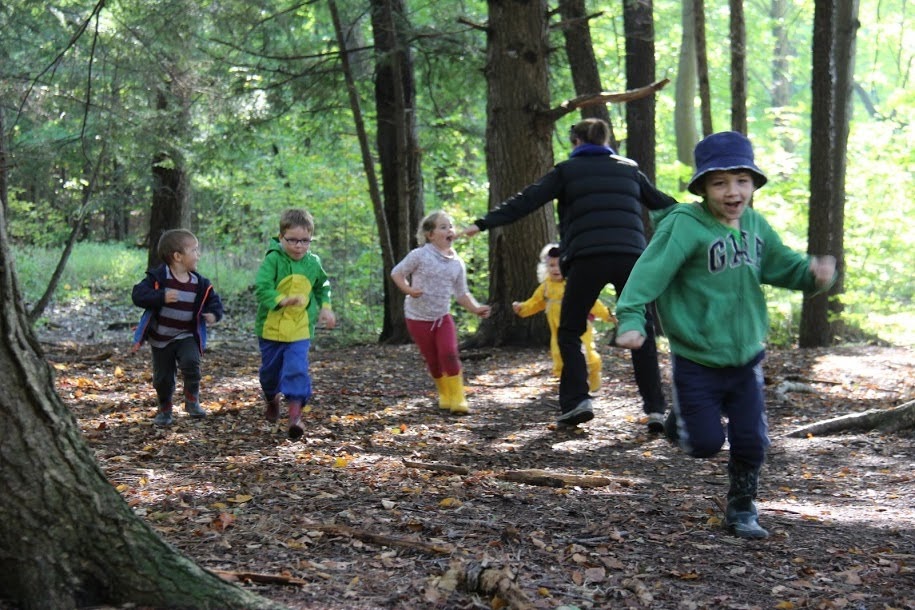
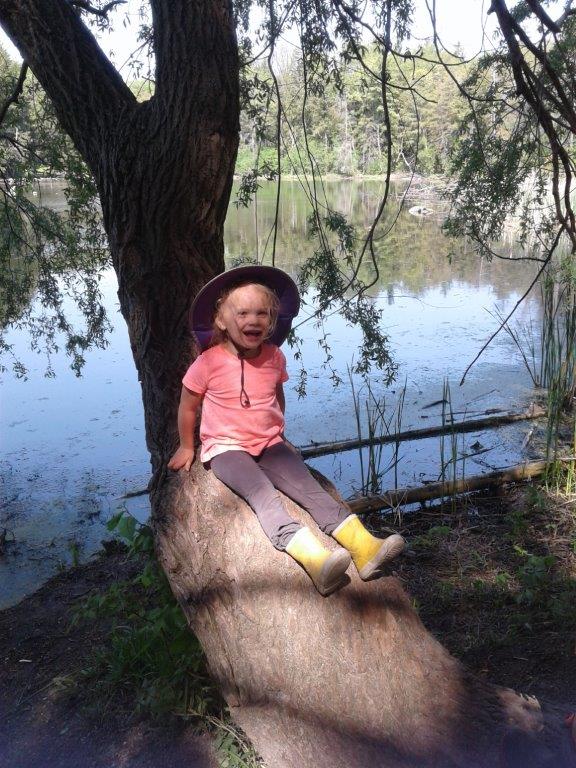
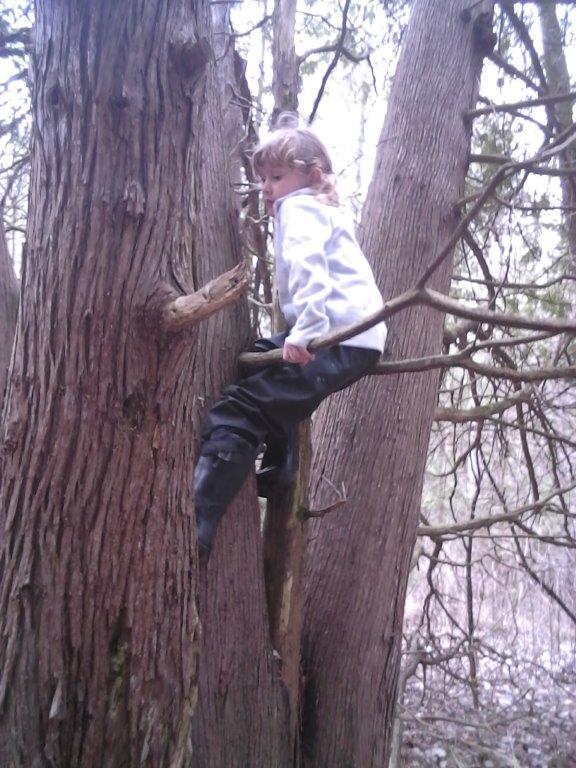
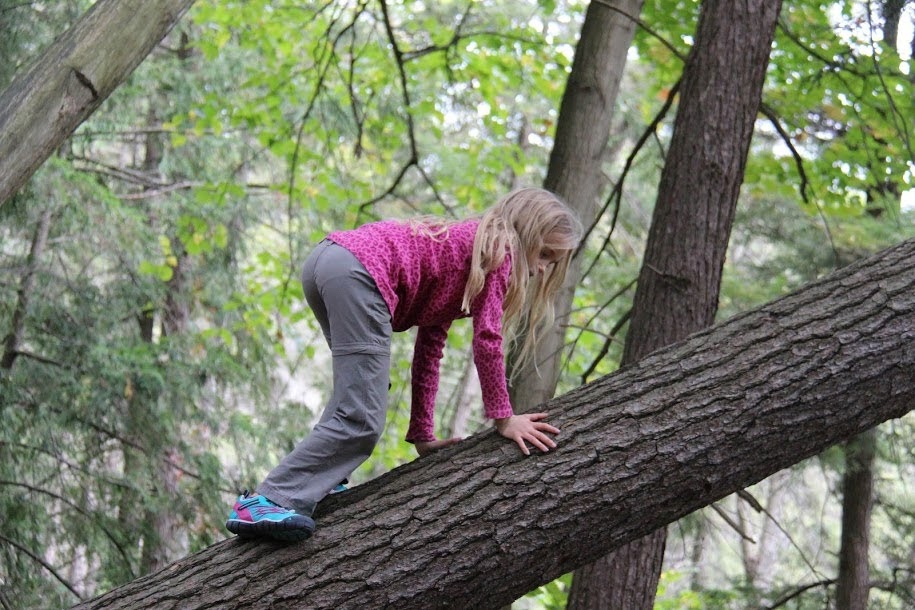
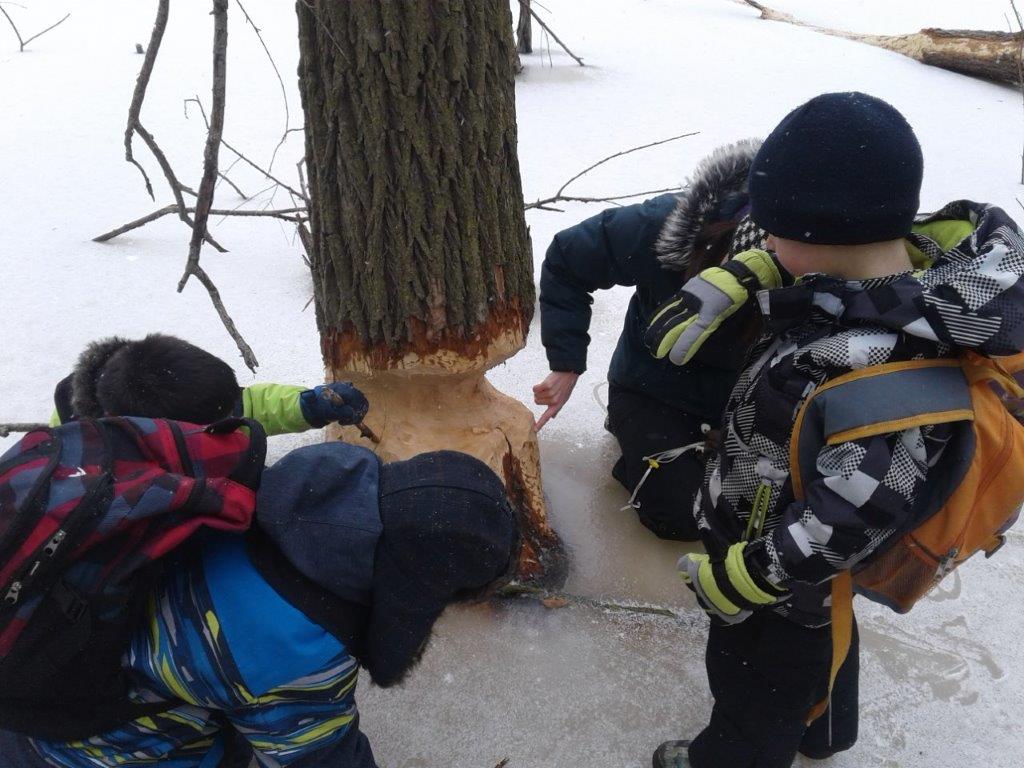
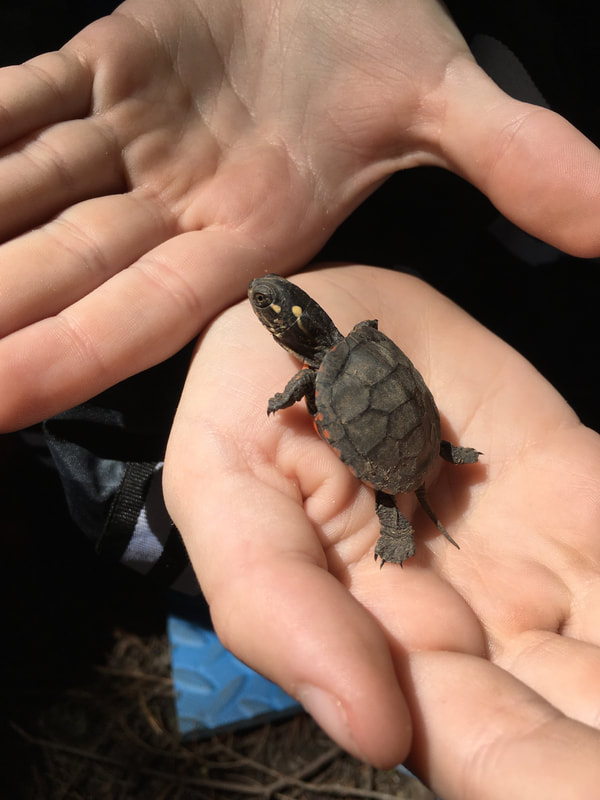
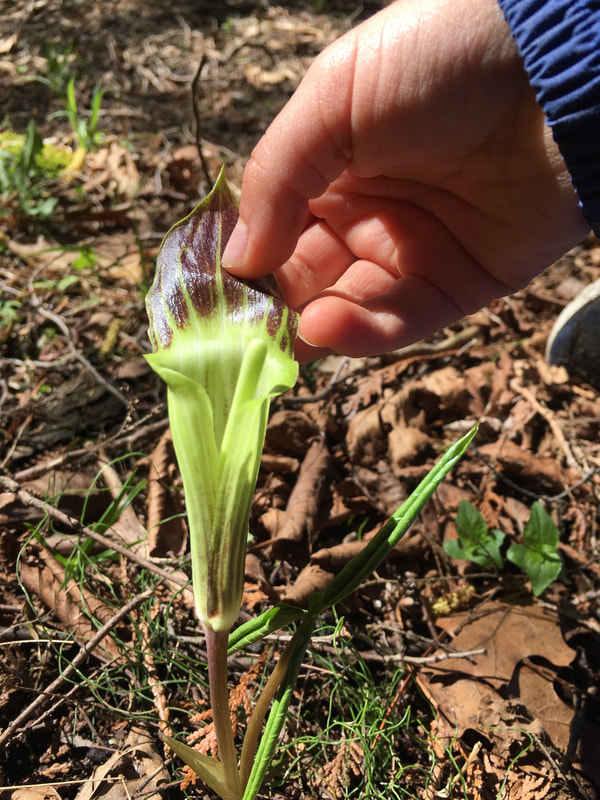
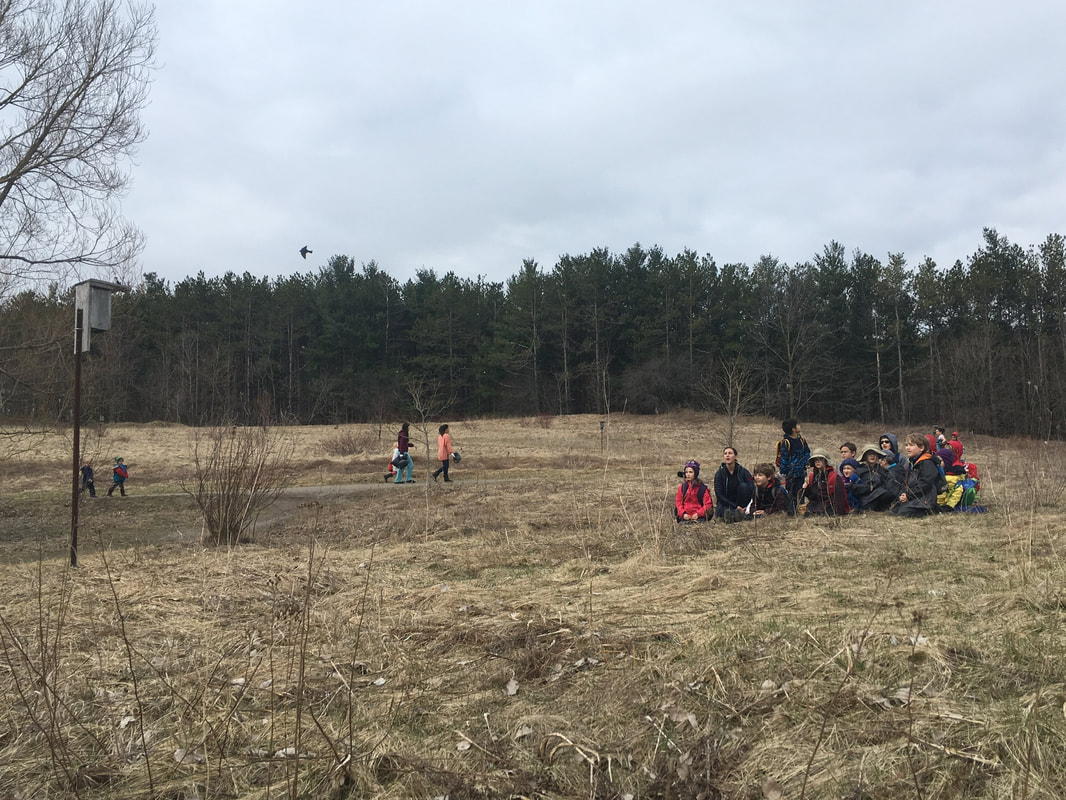
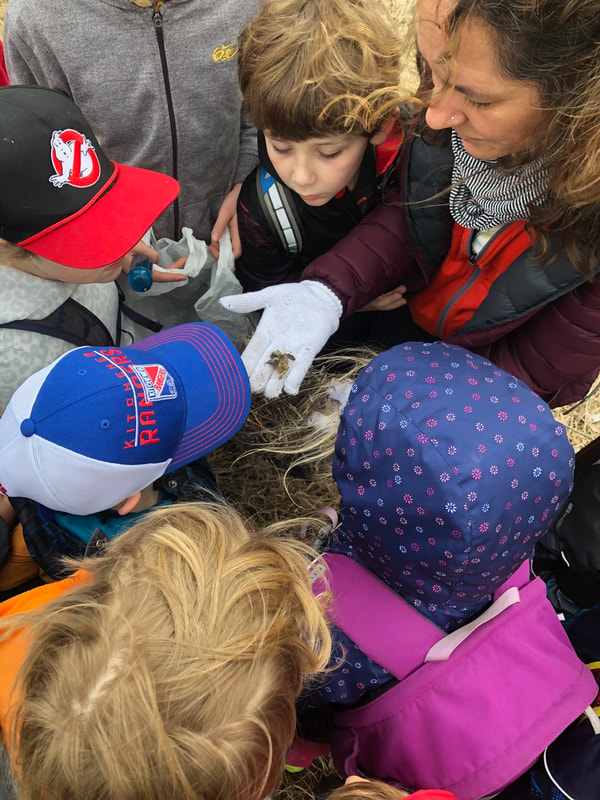
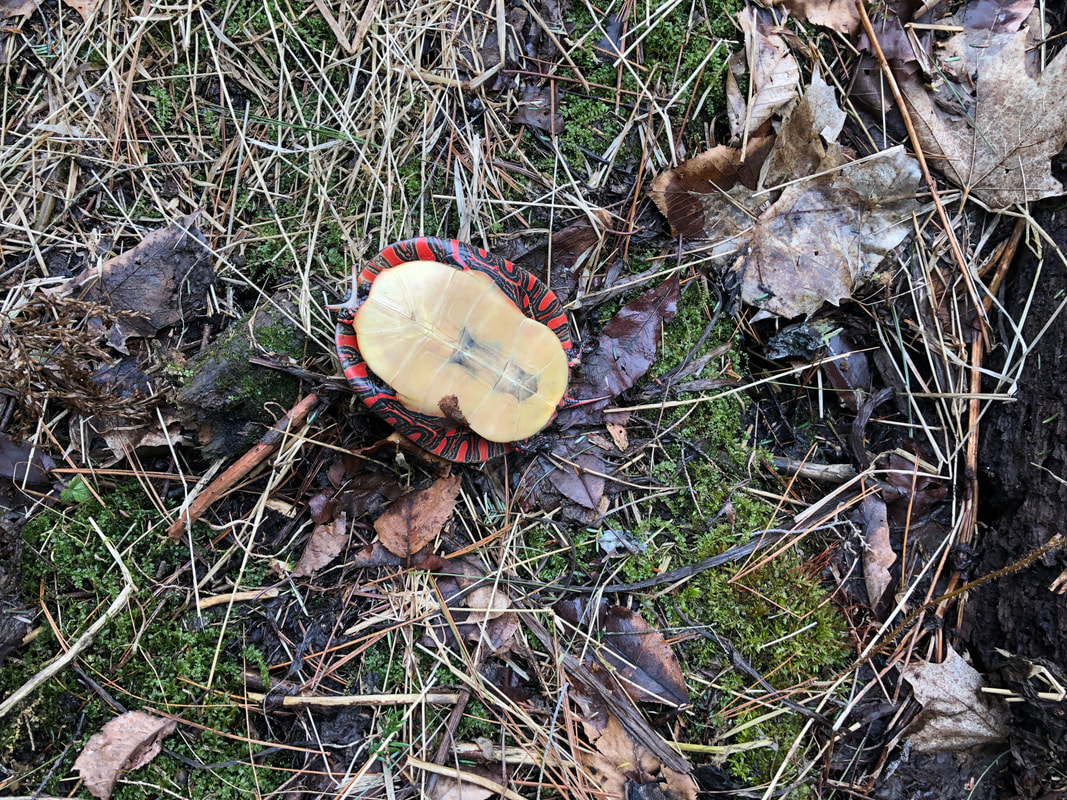
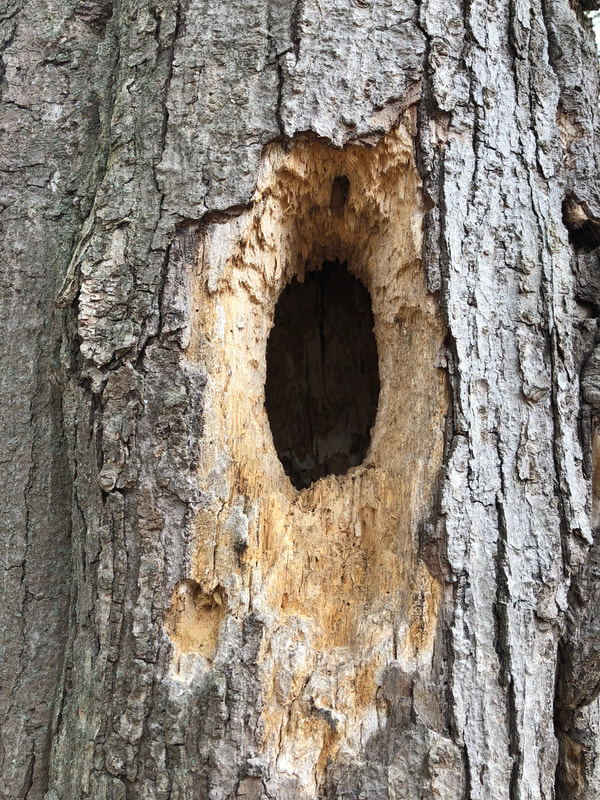
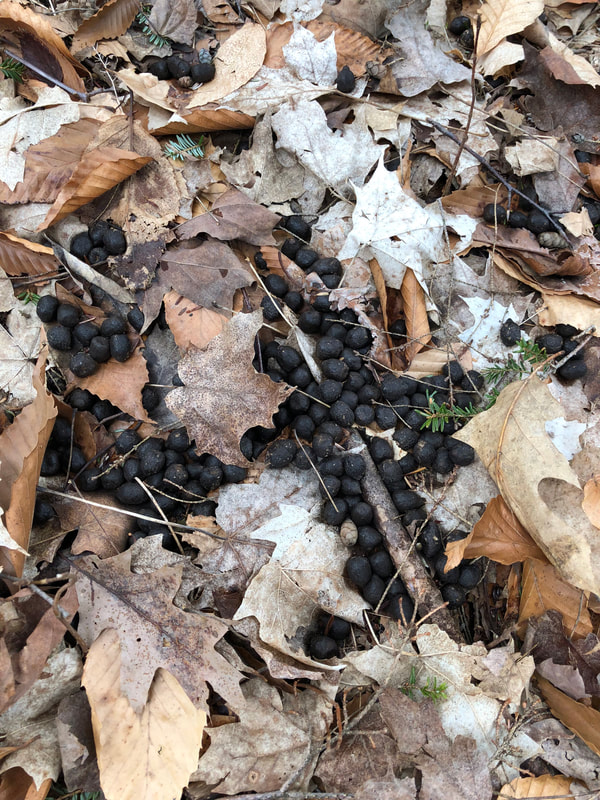
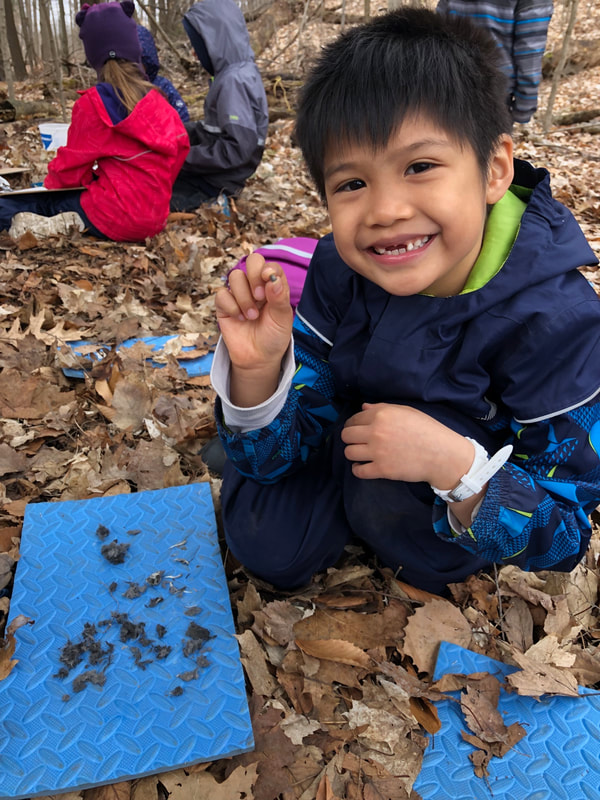
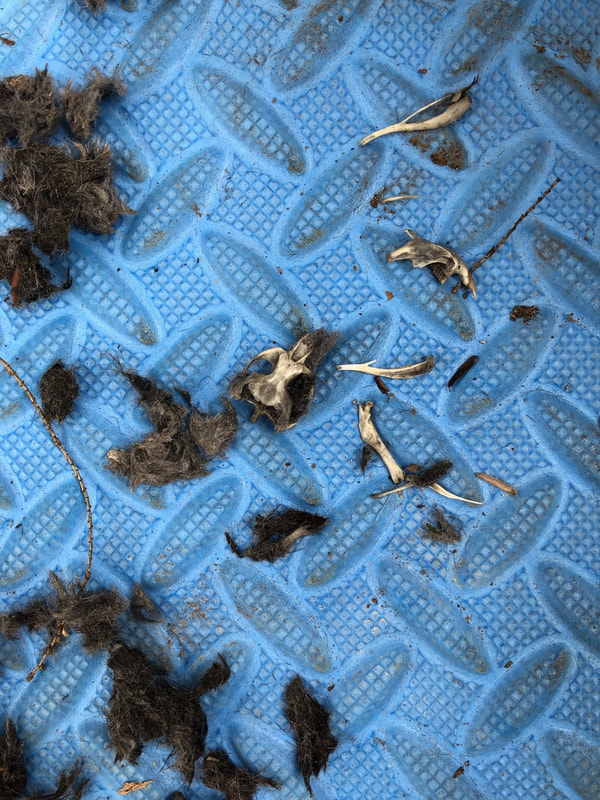







 RSS Feed
RSS Feed